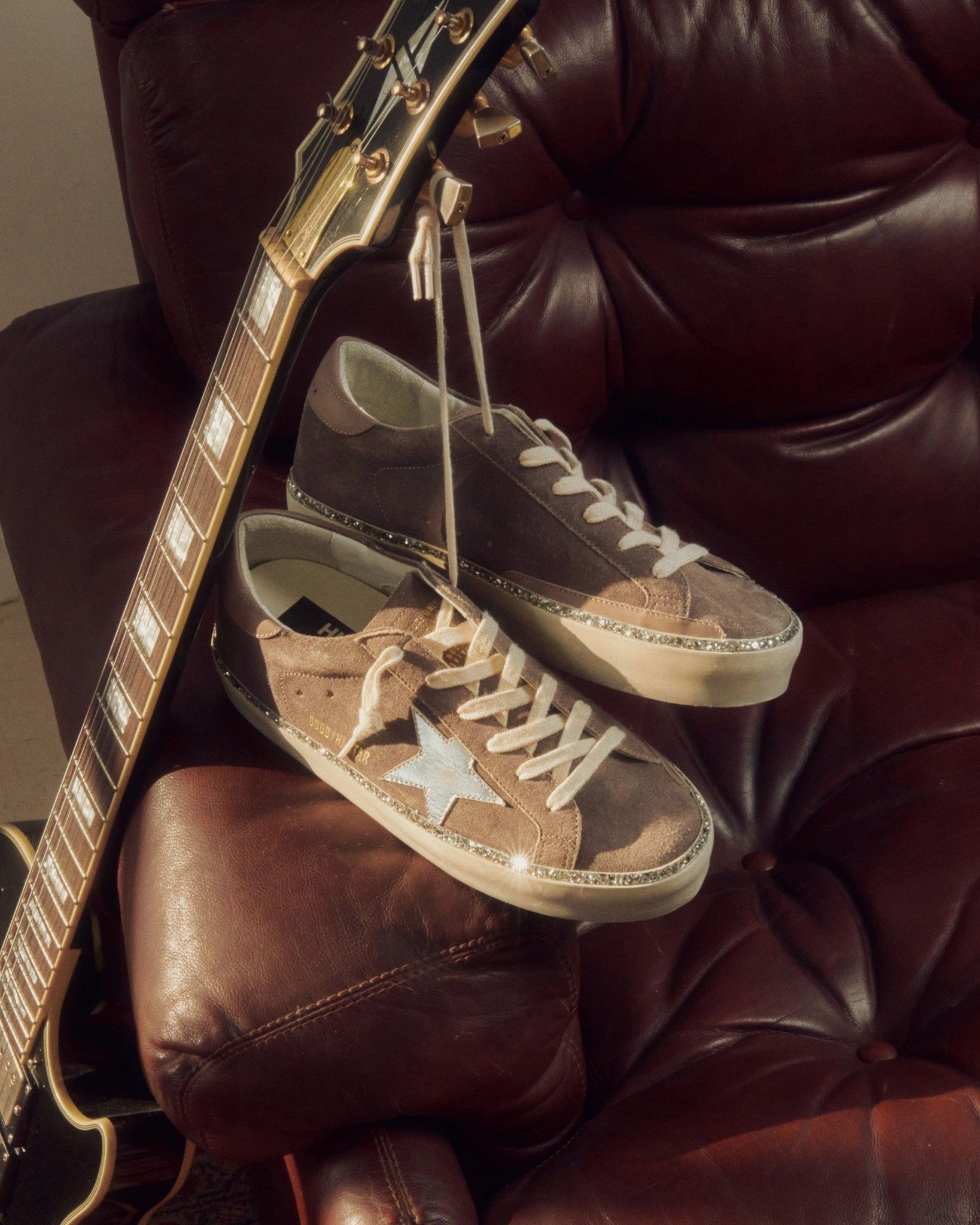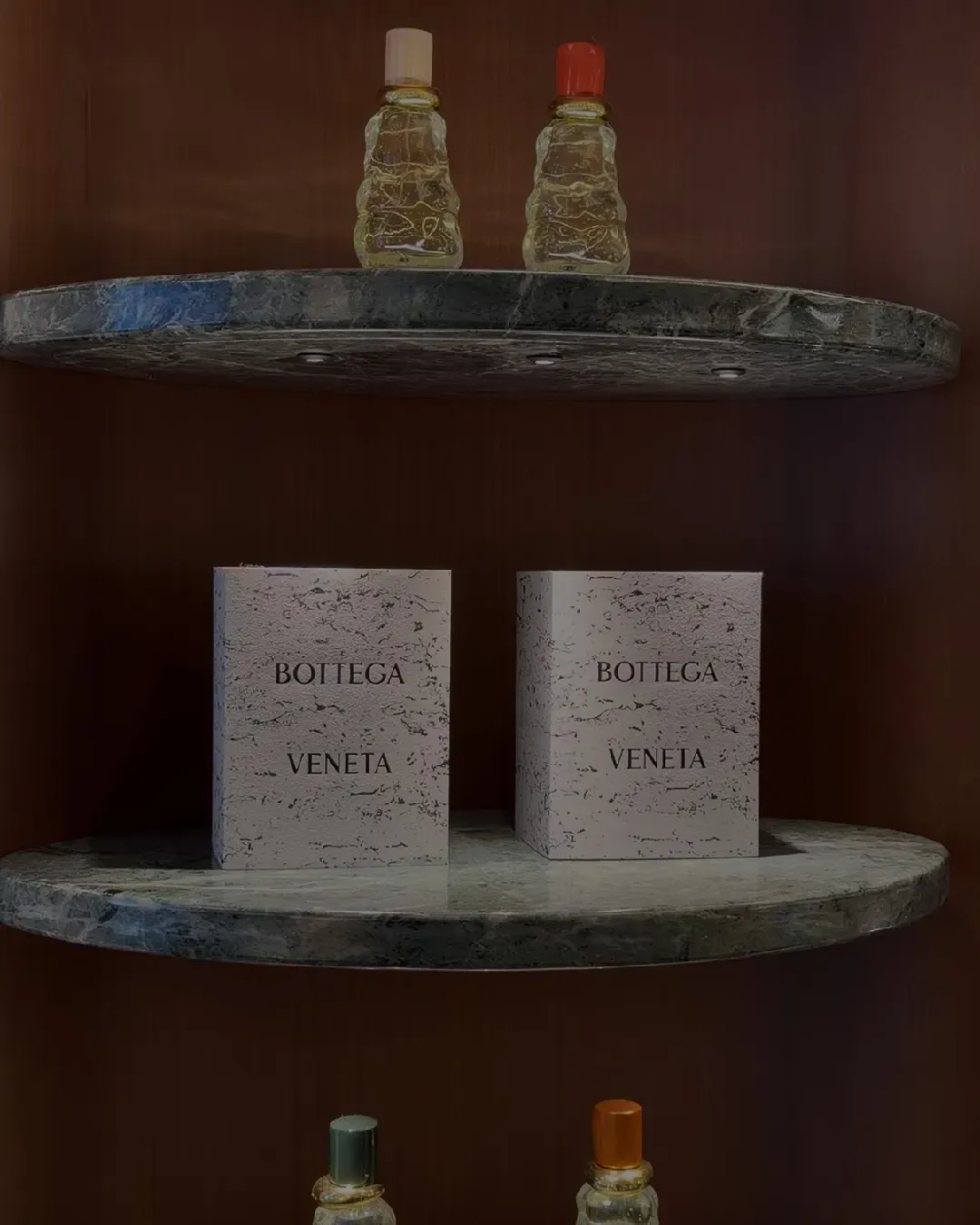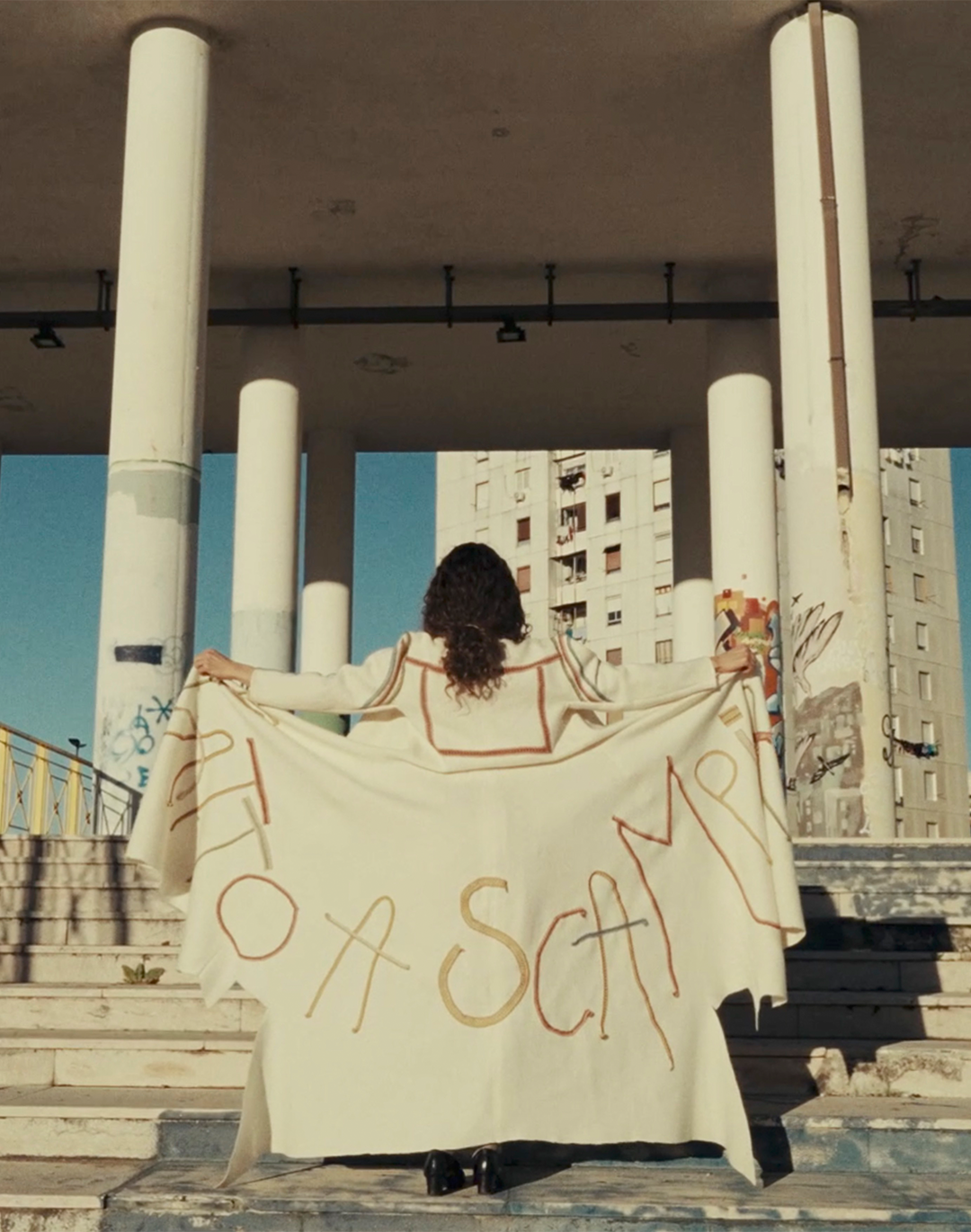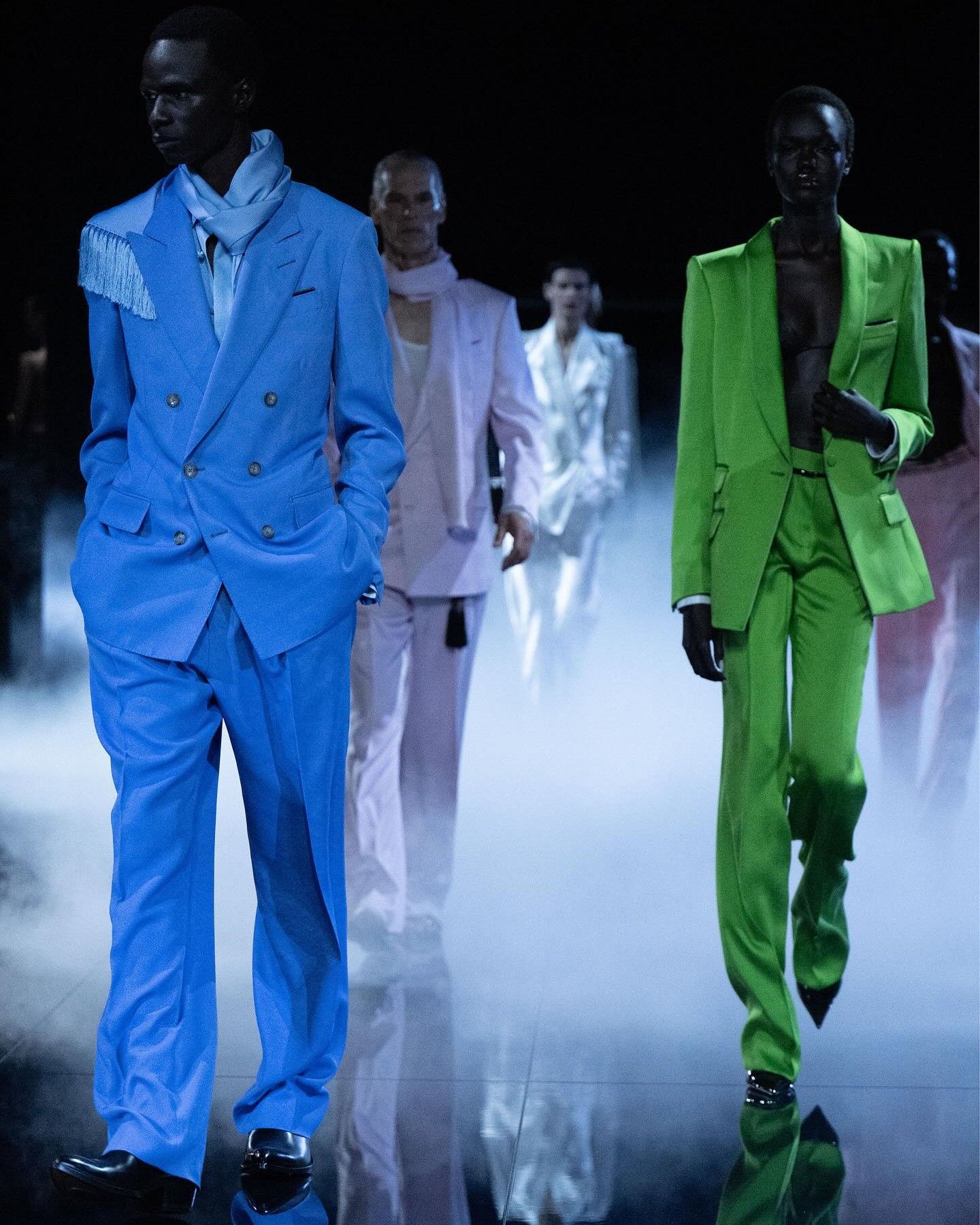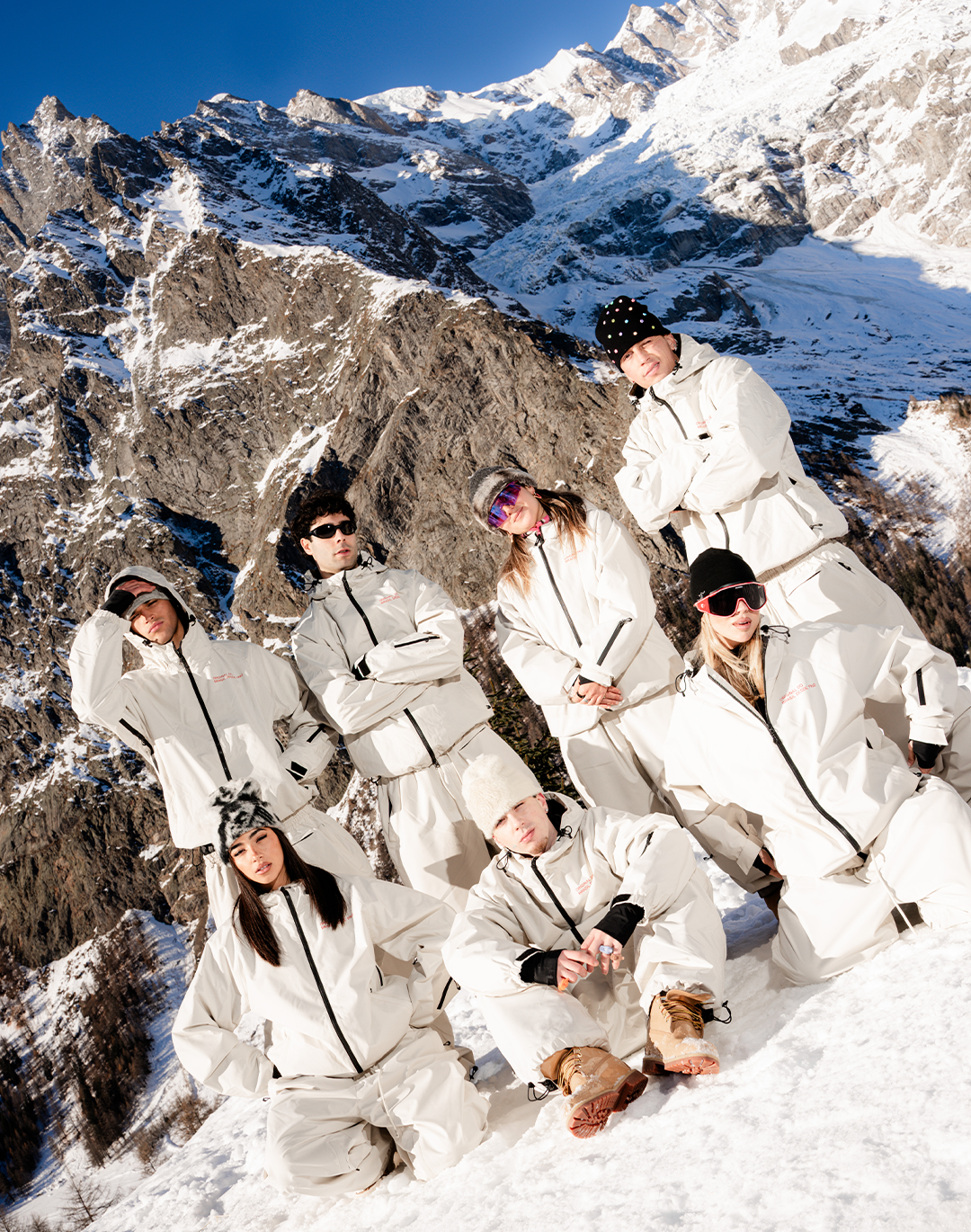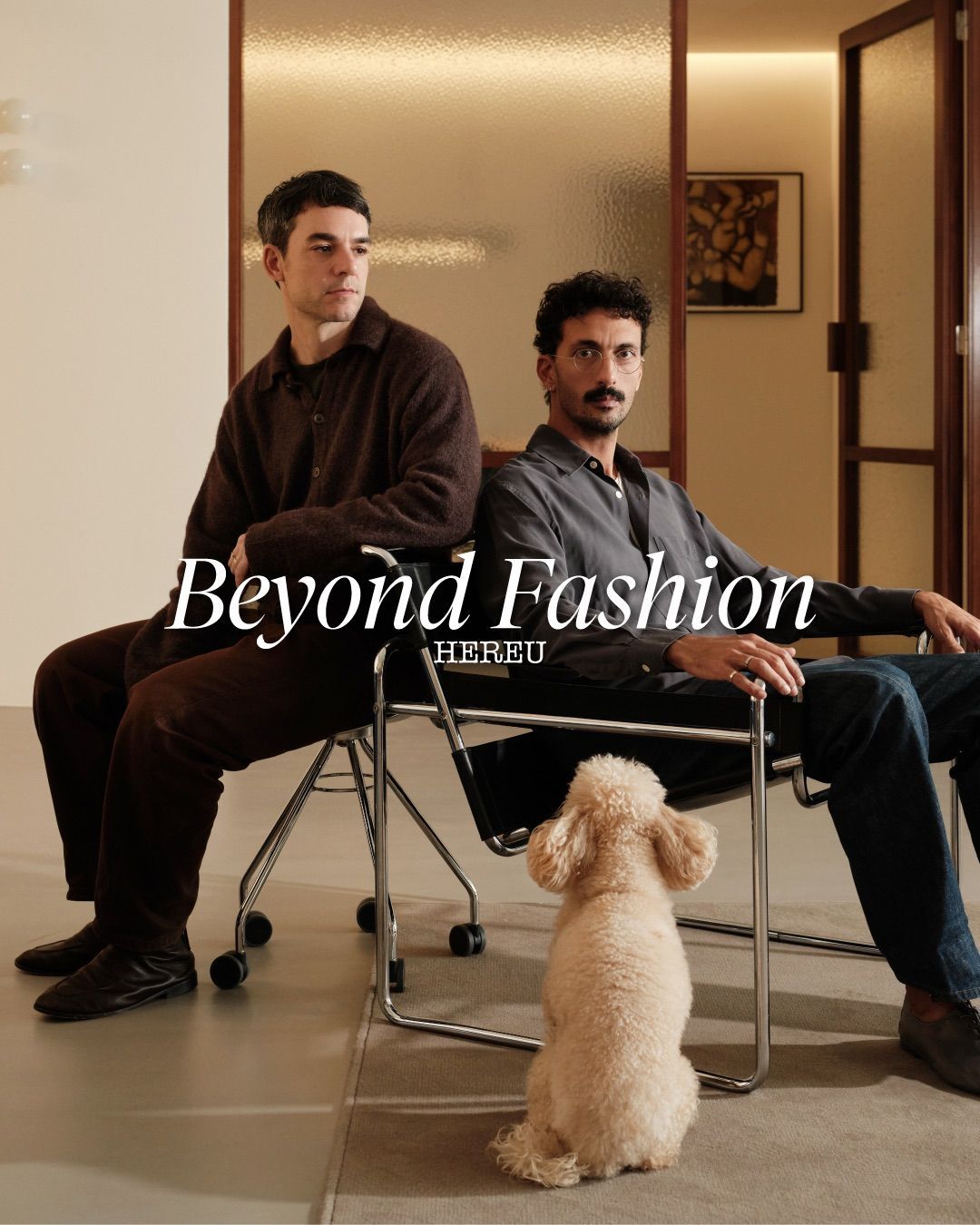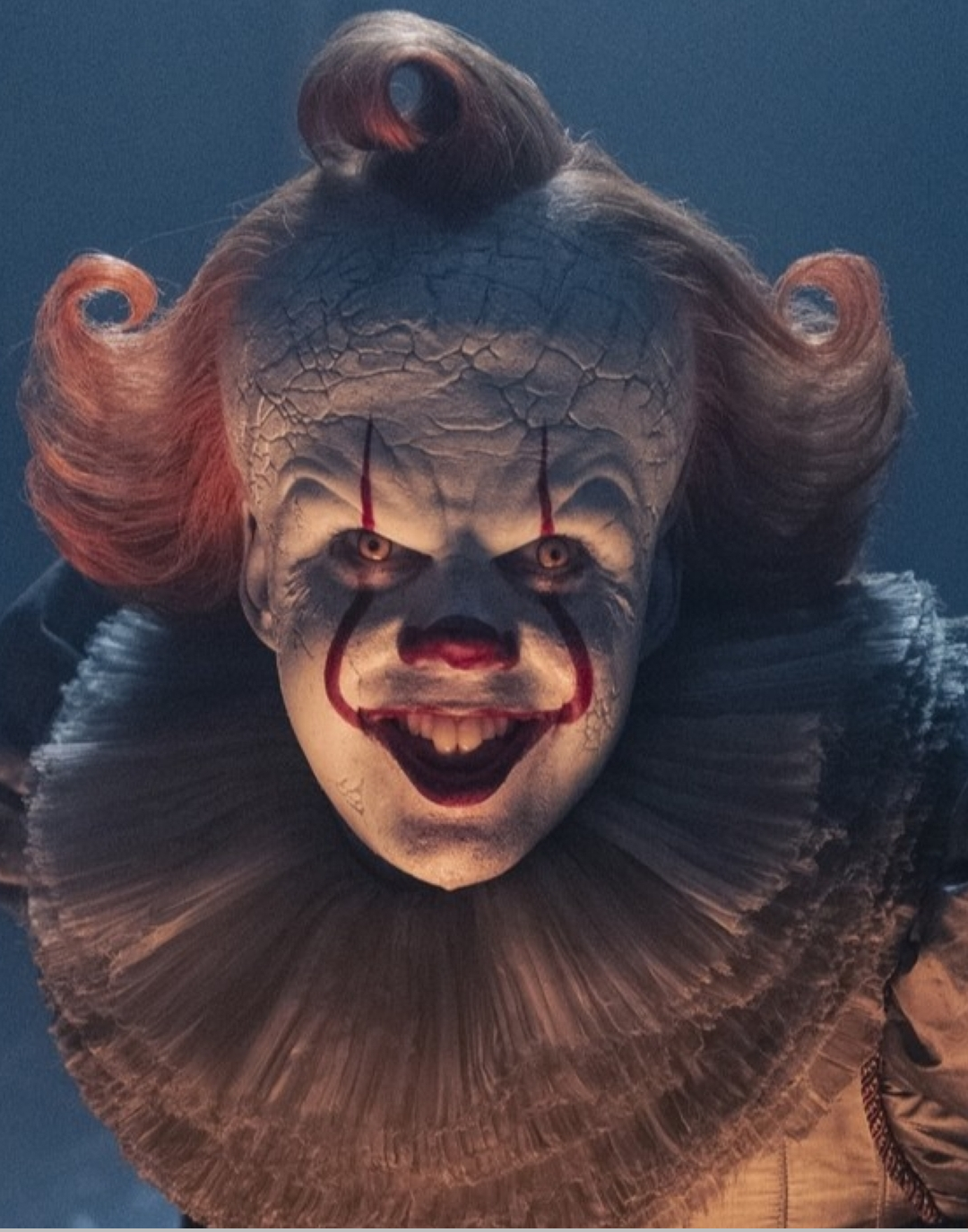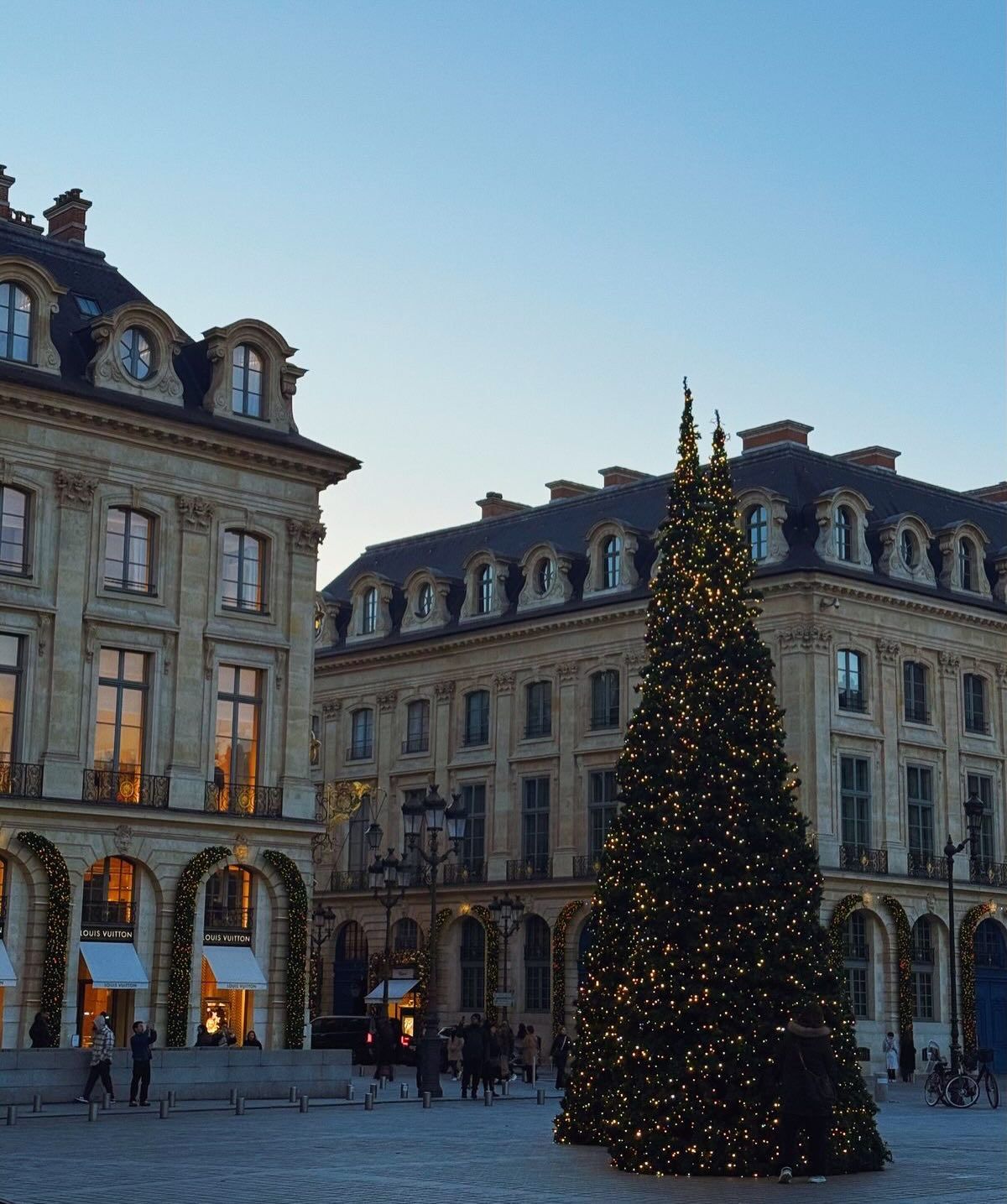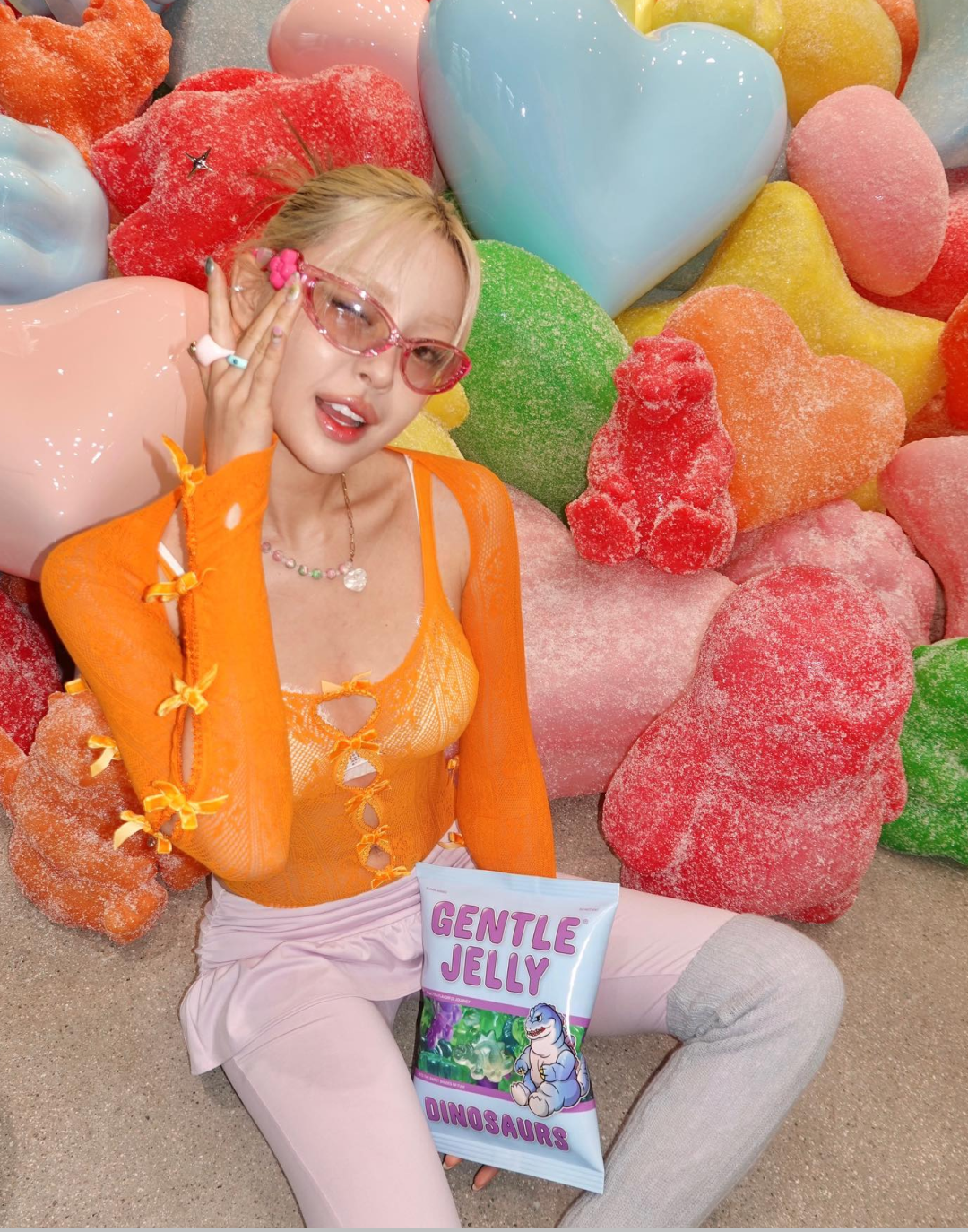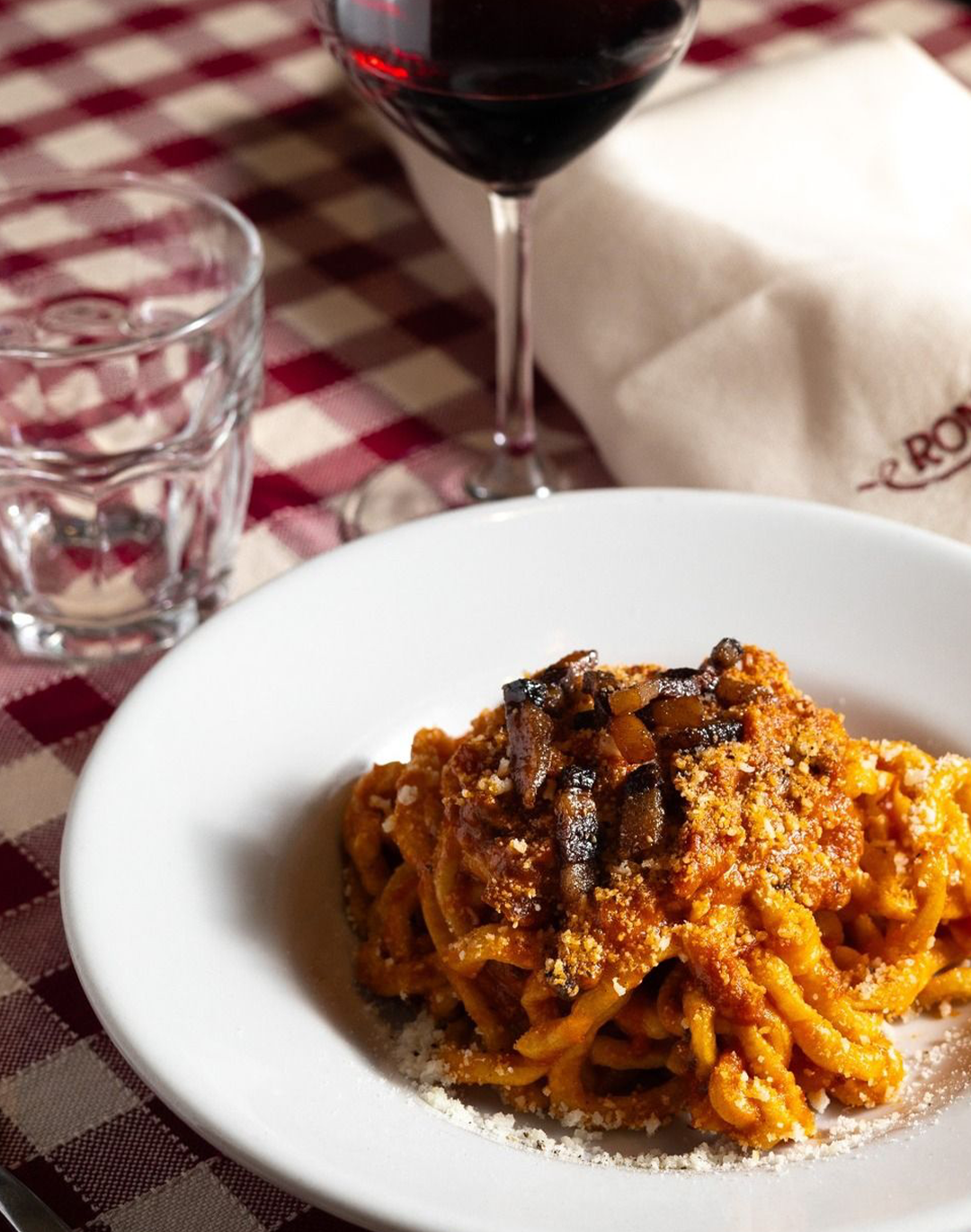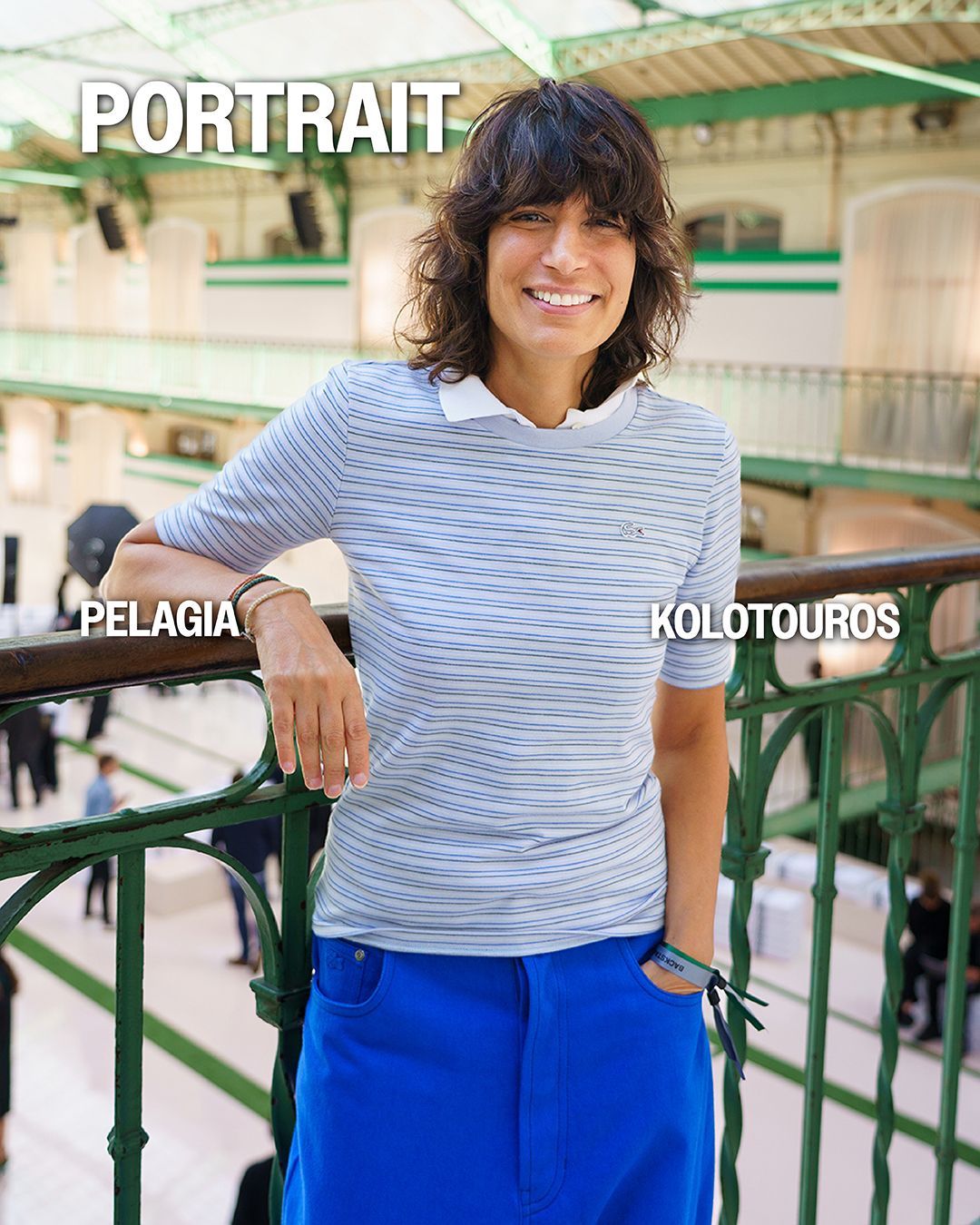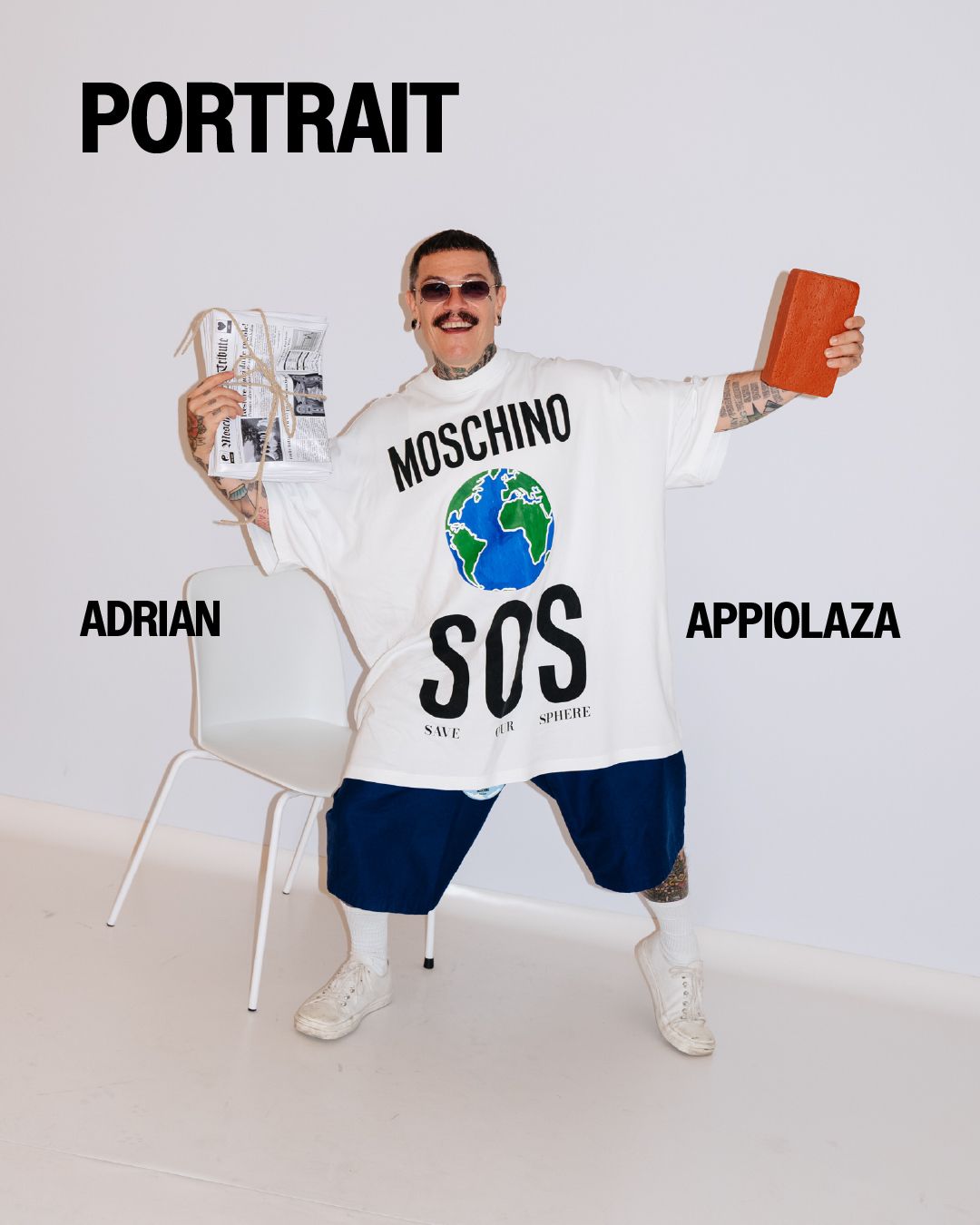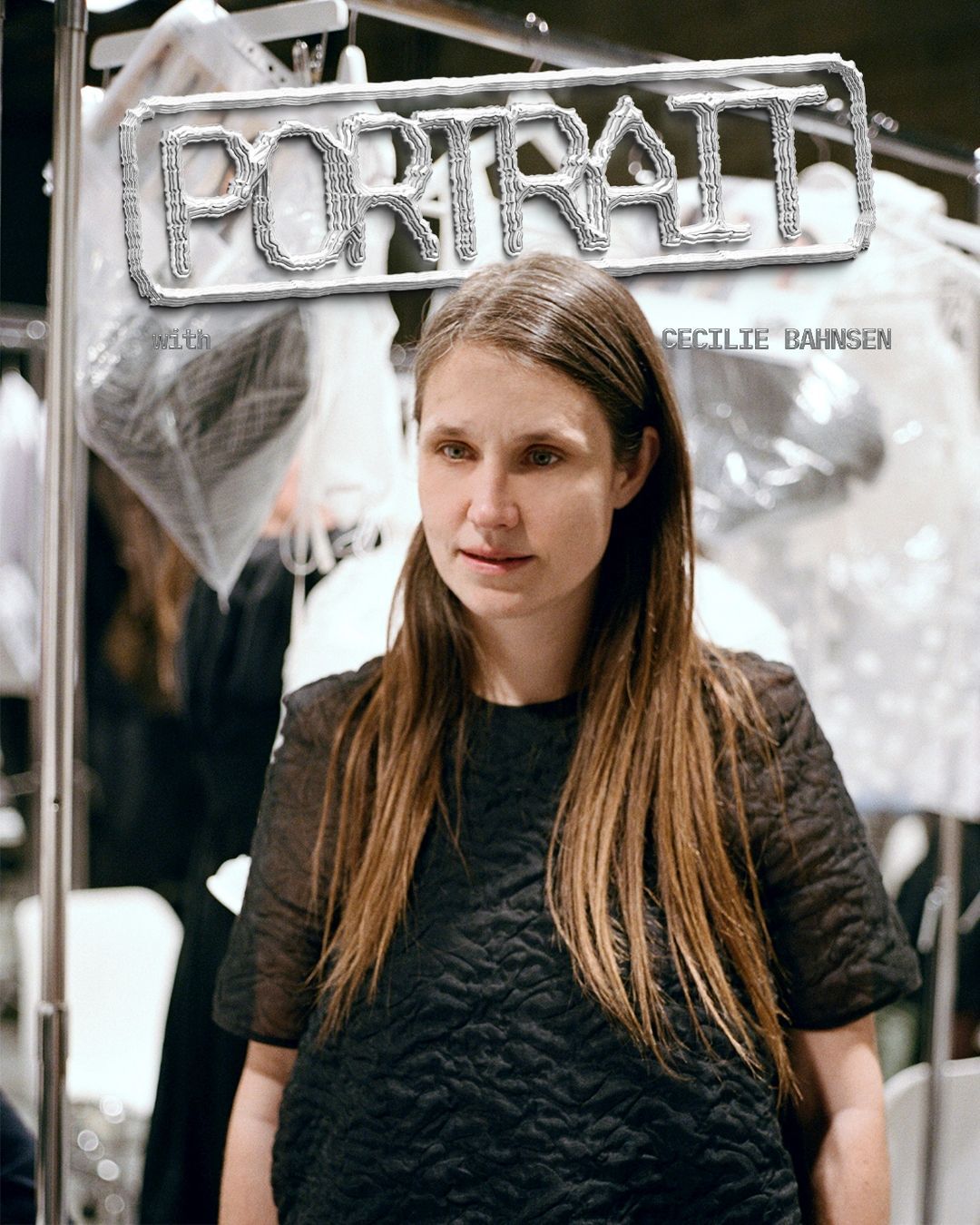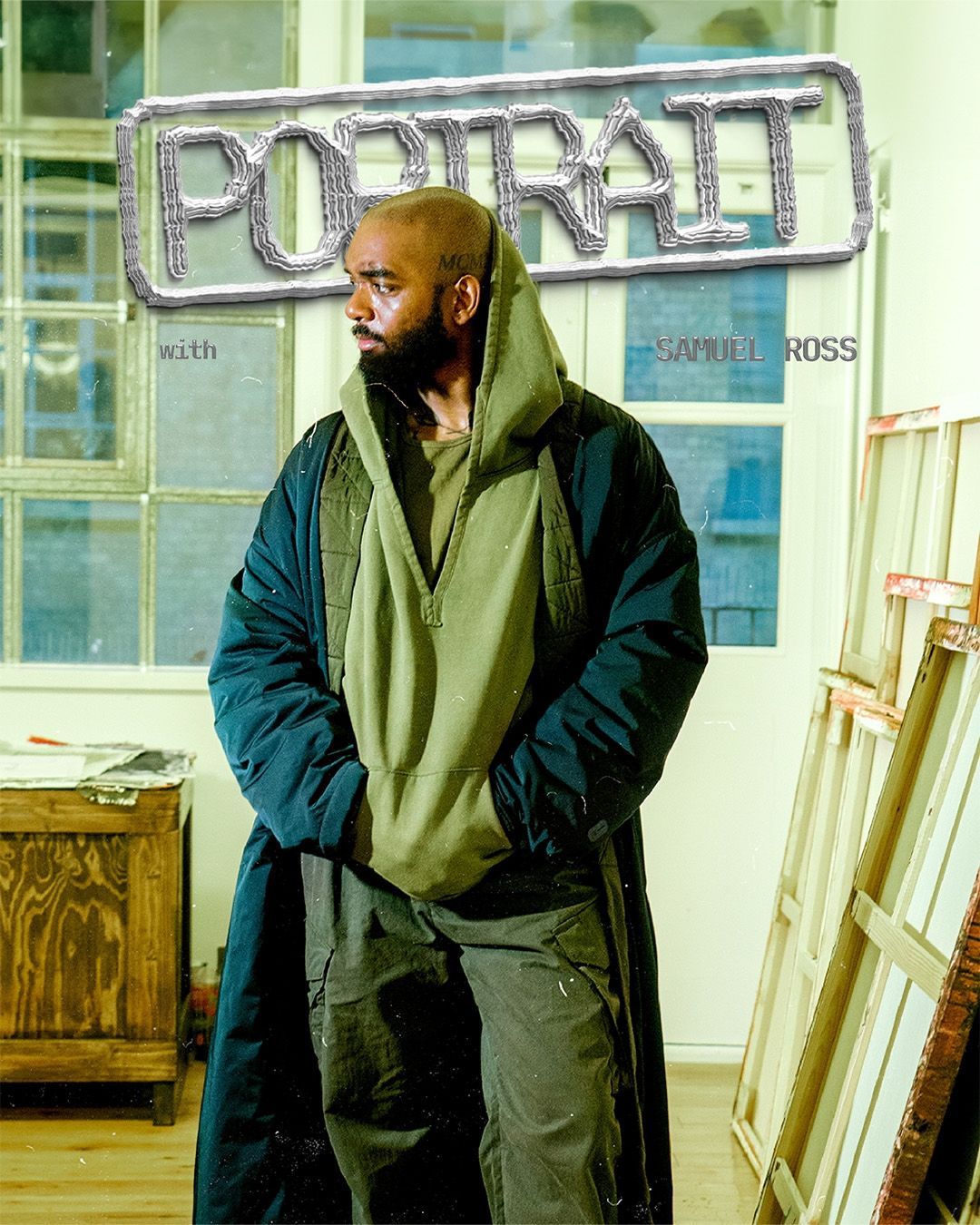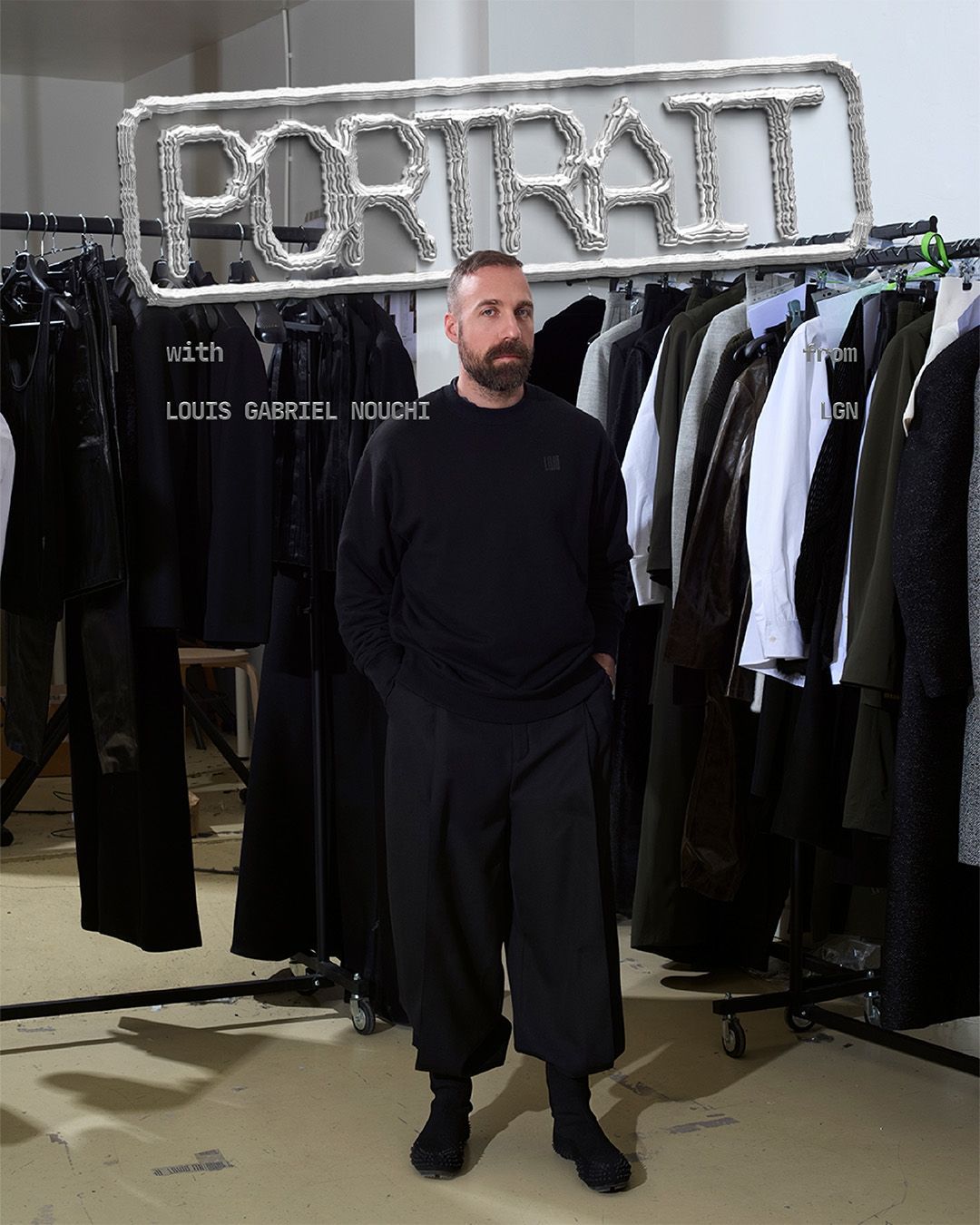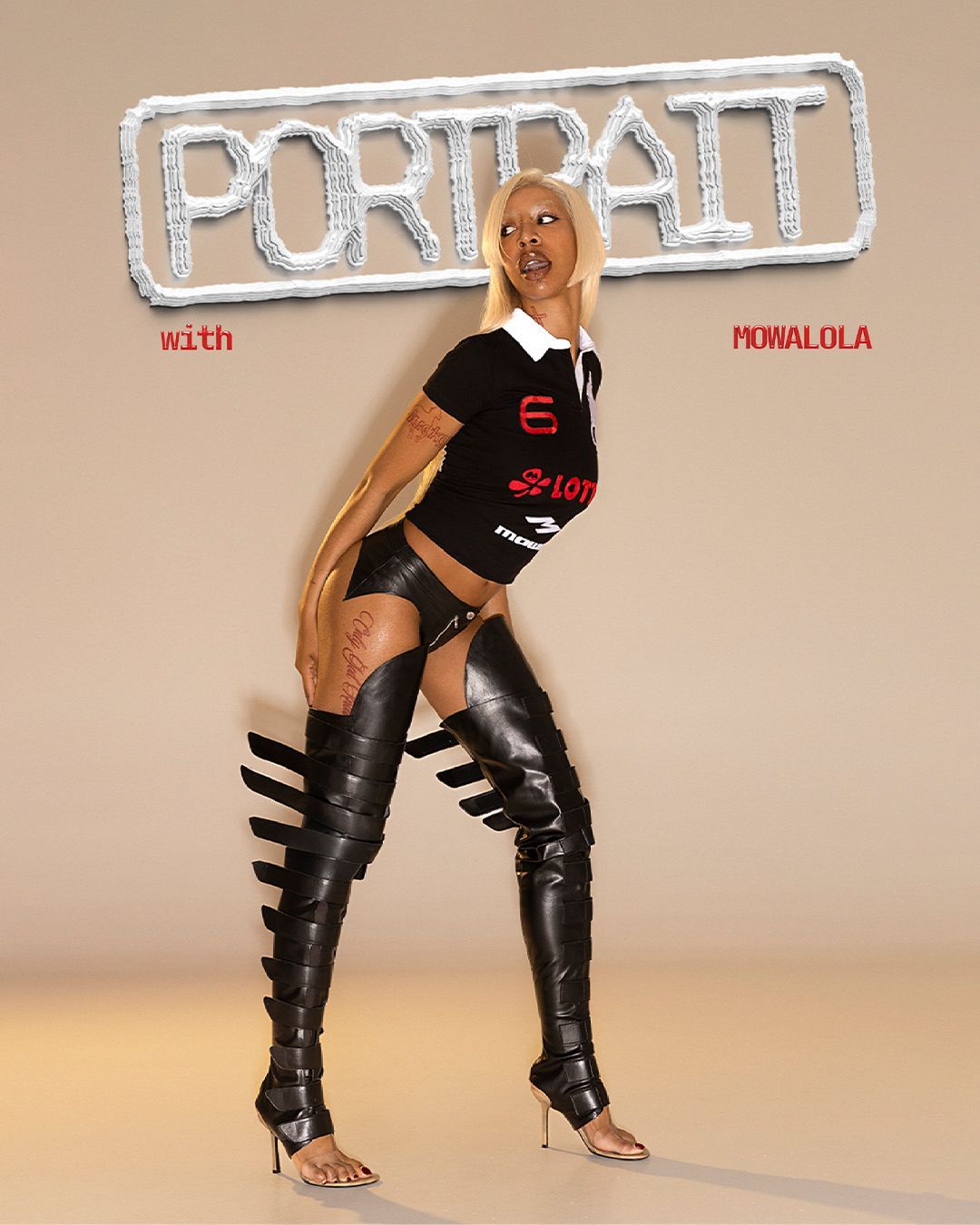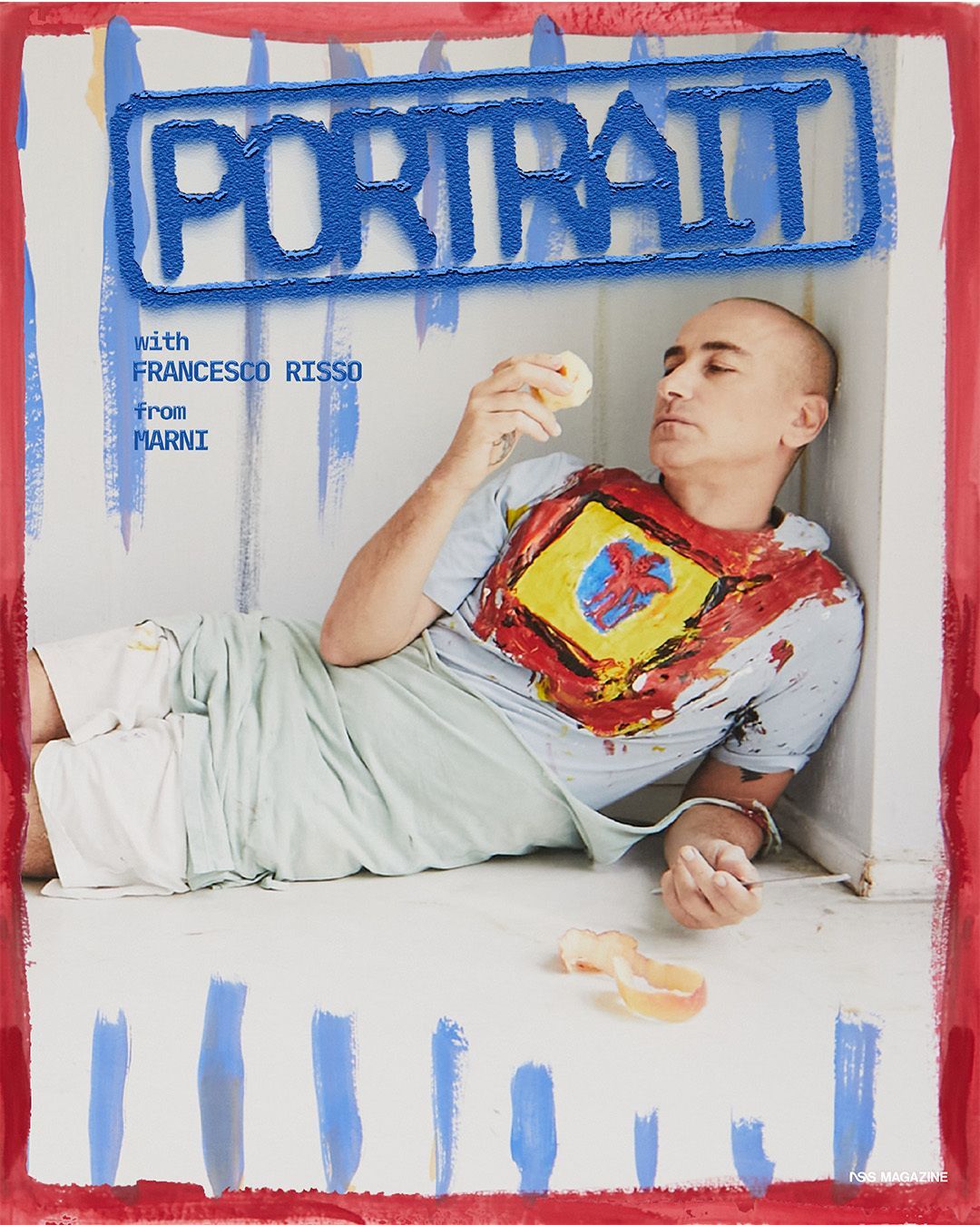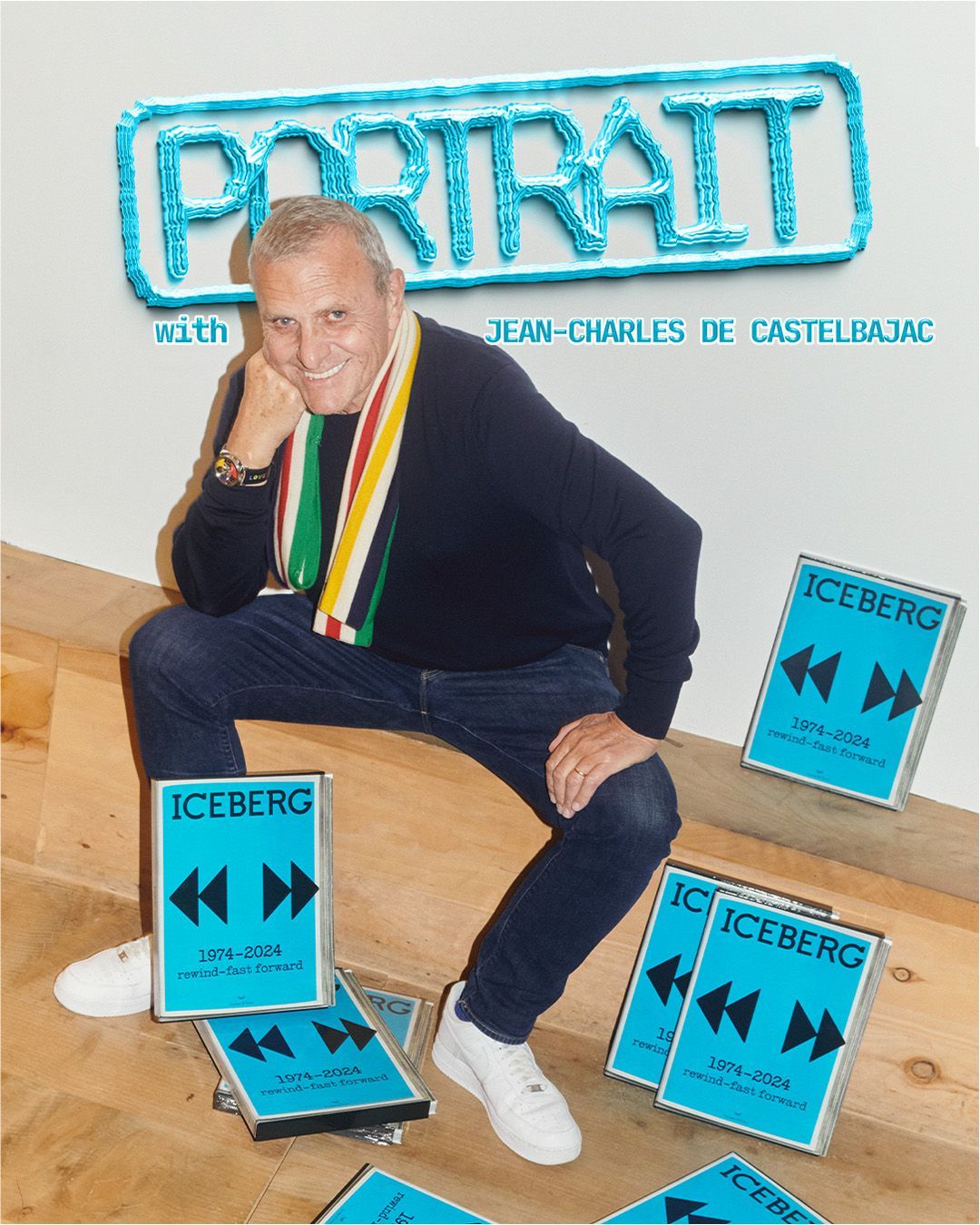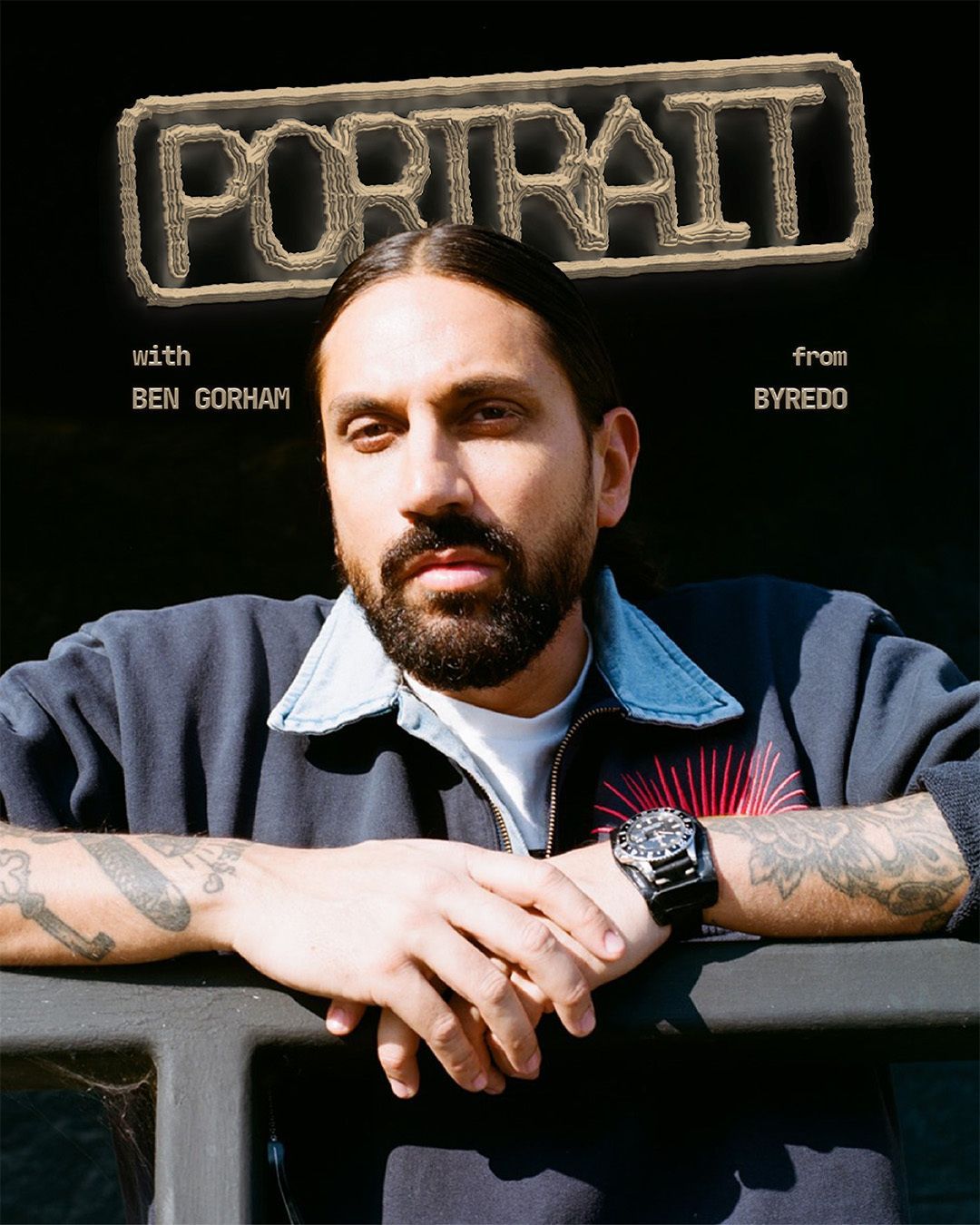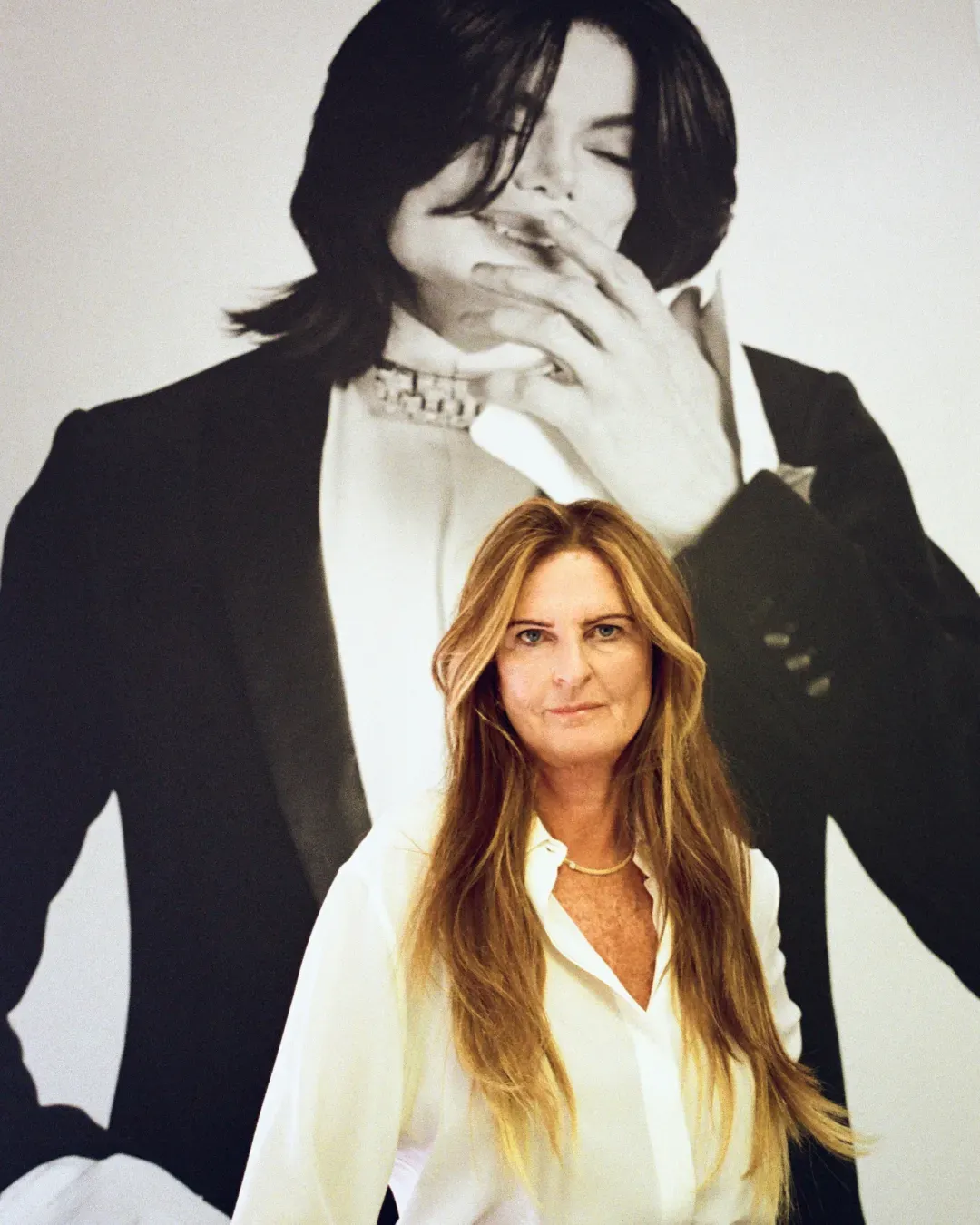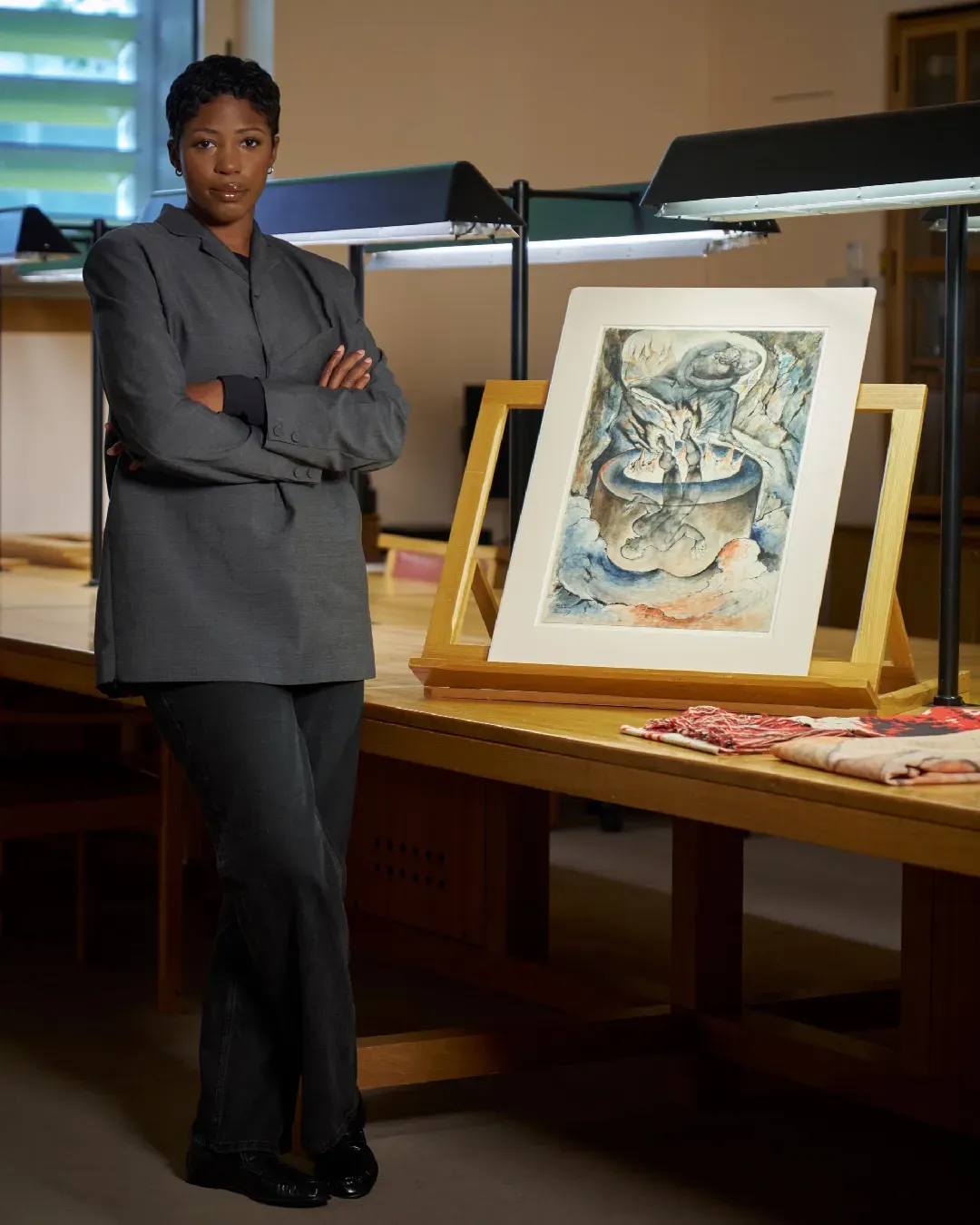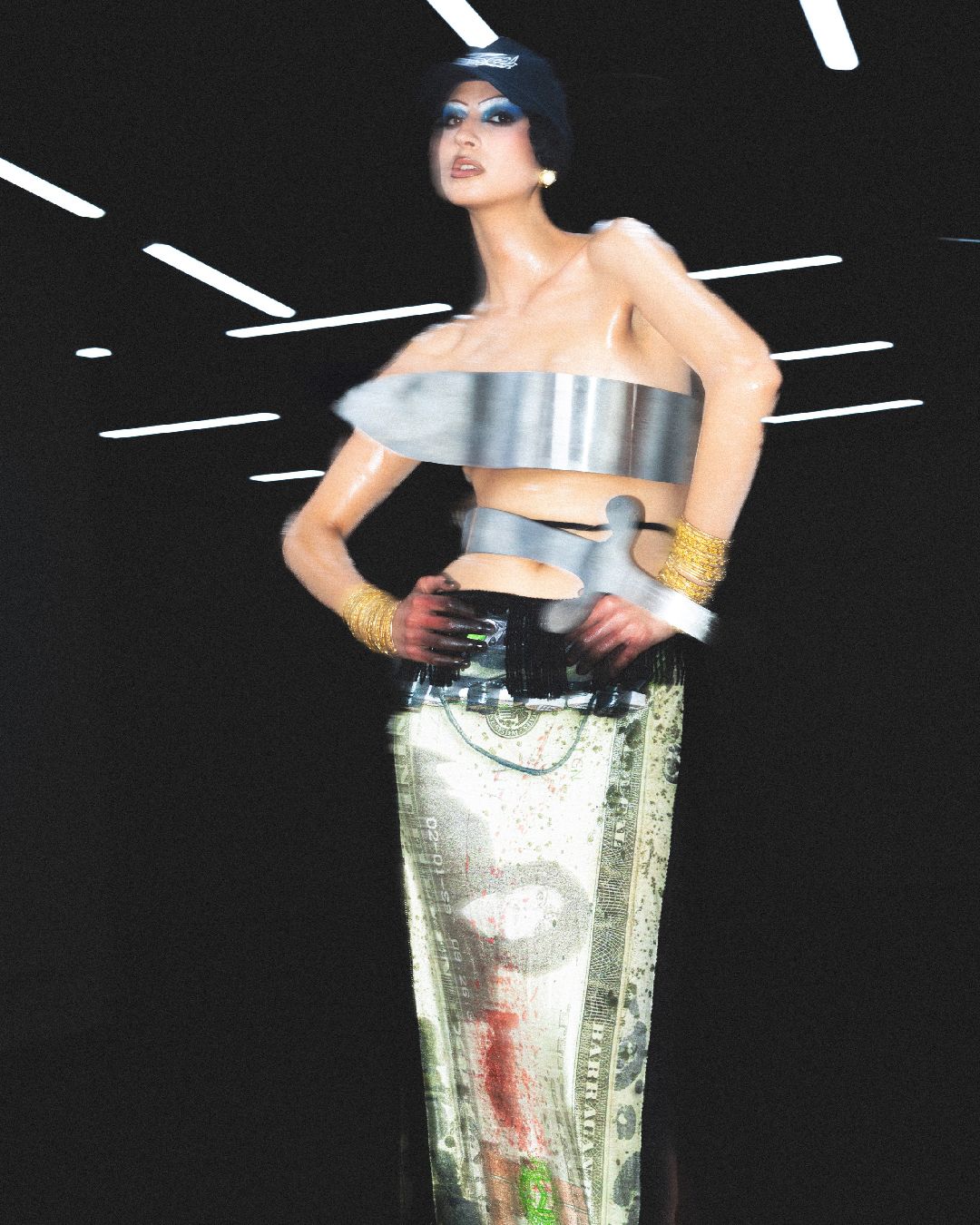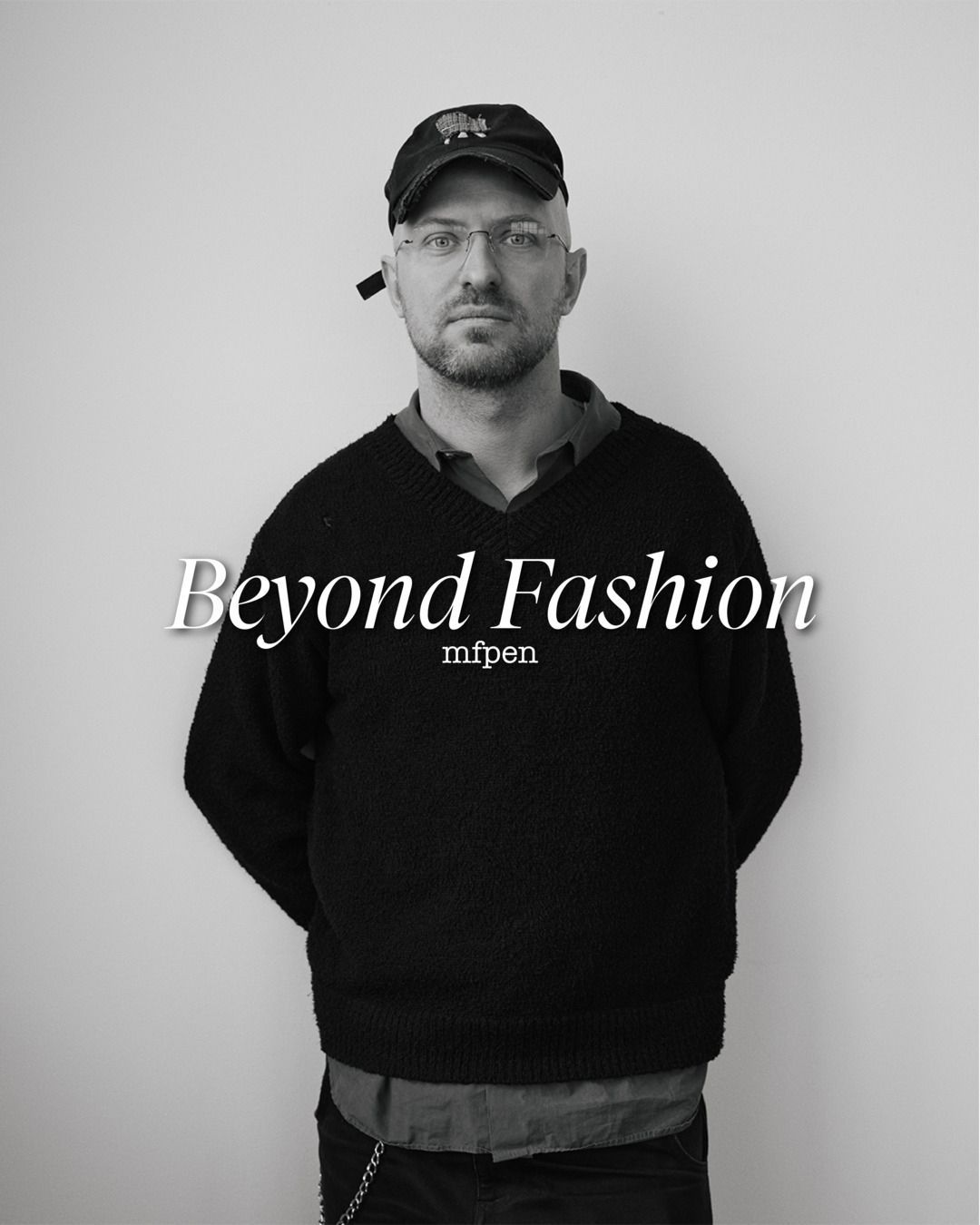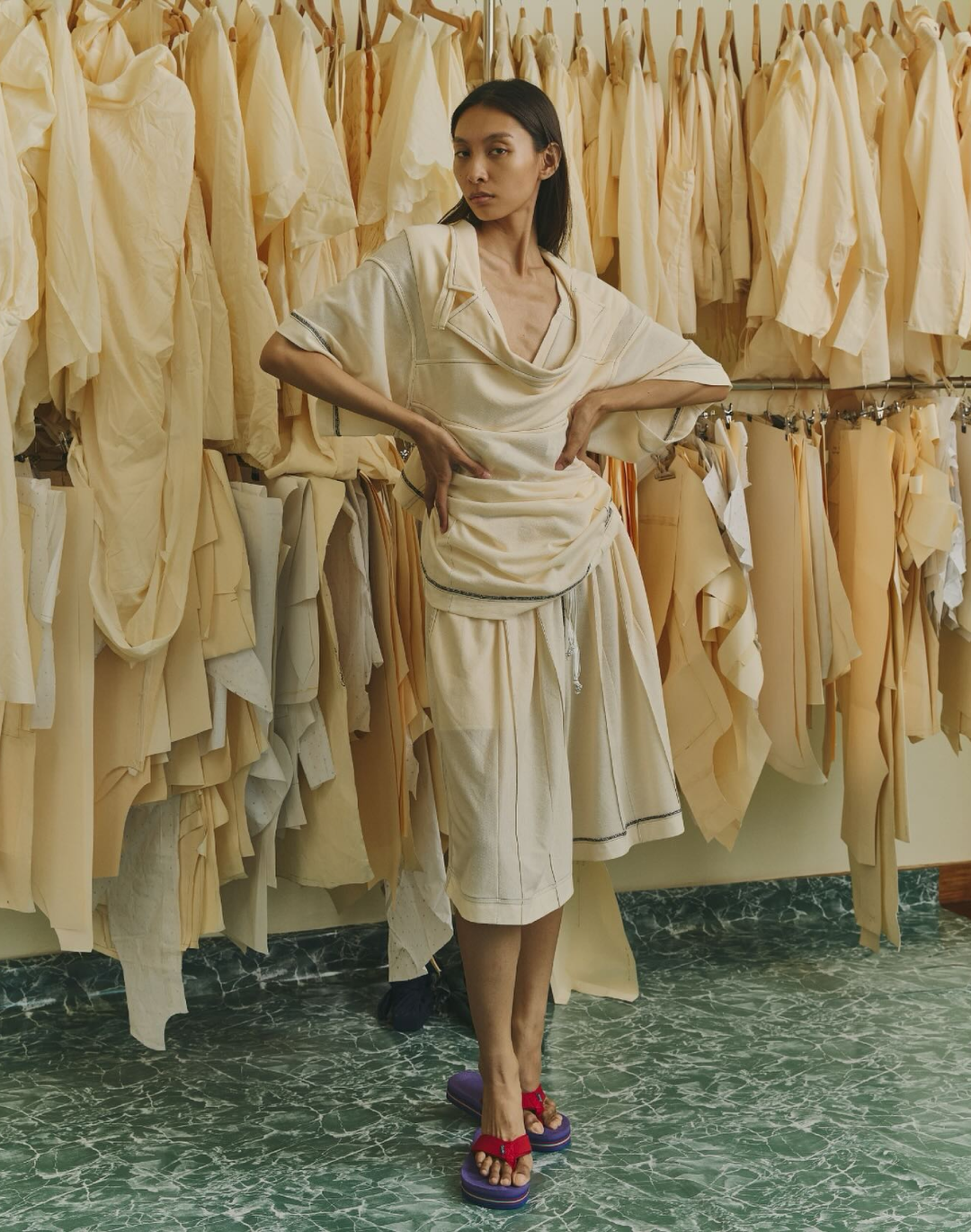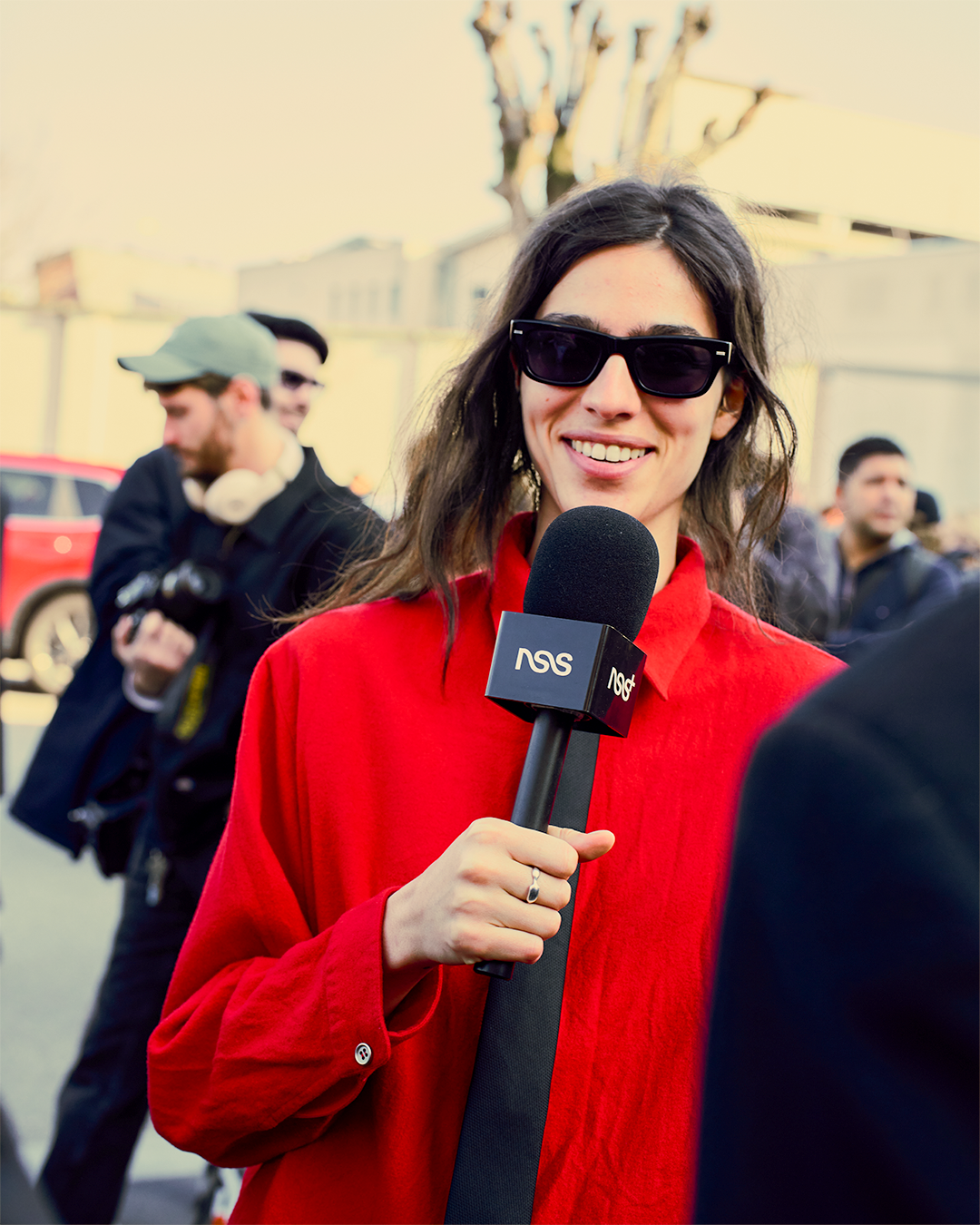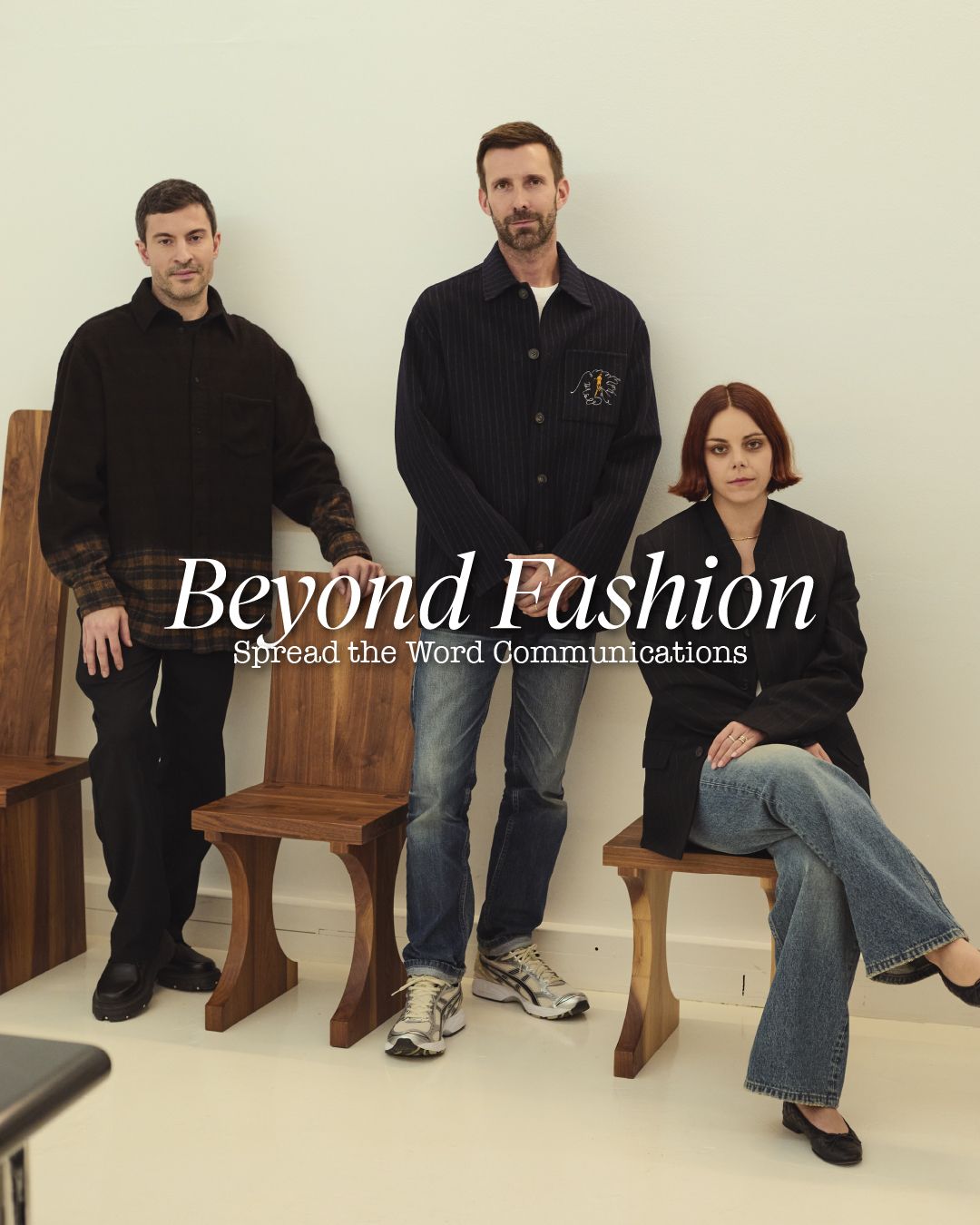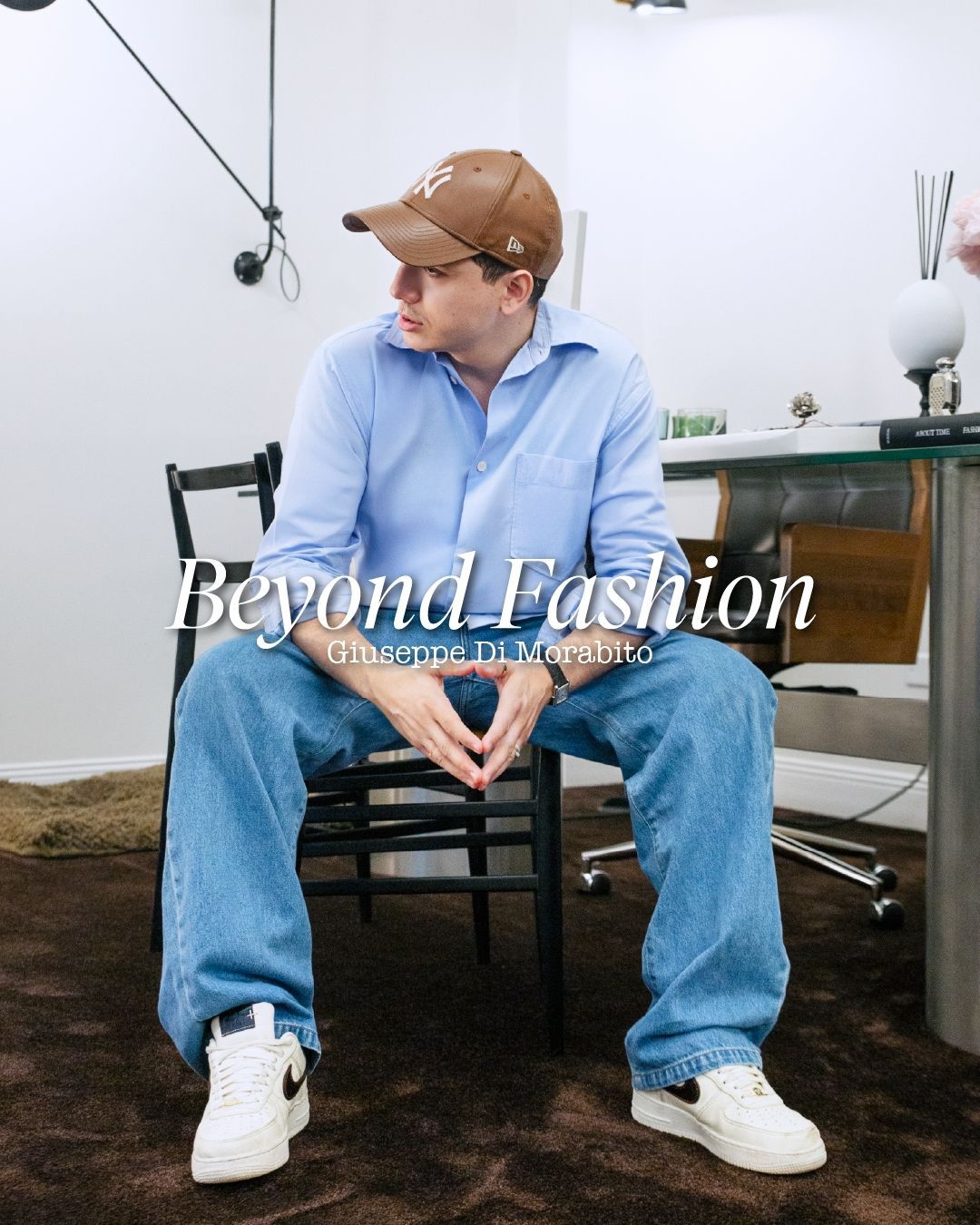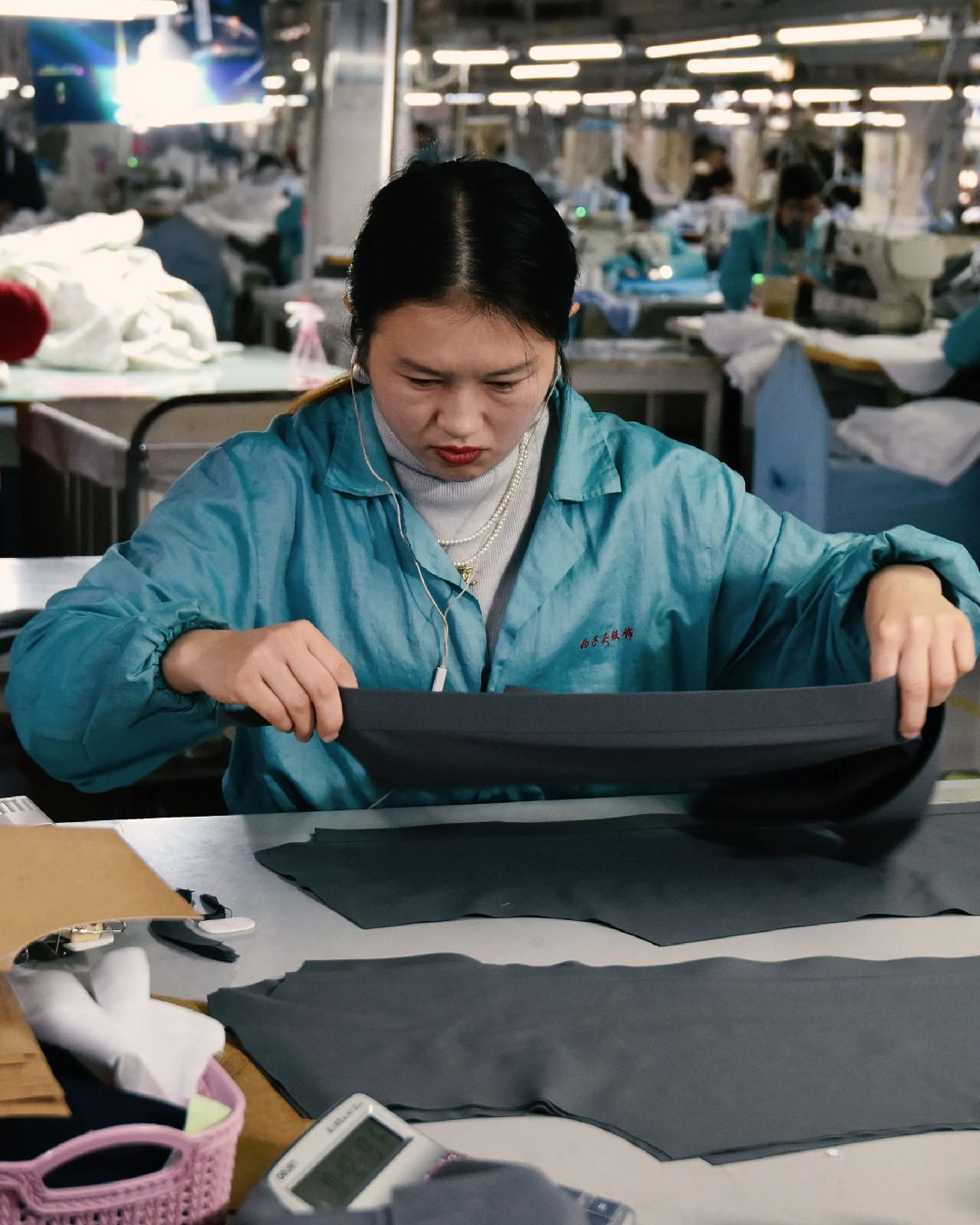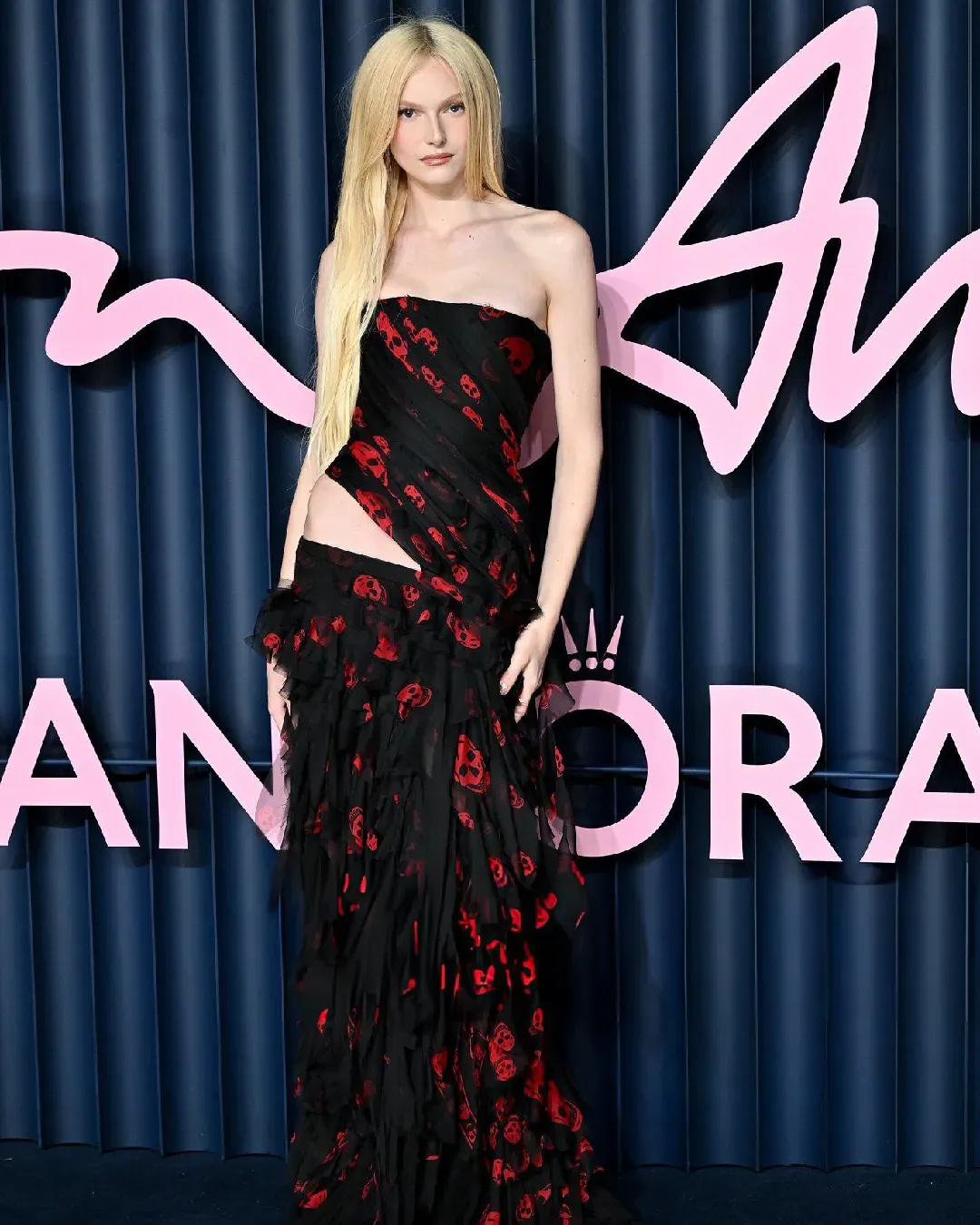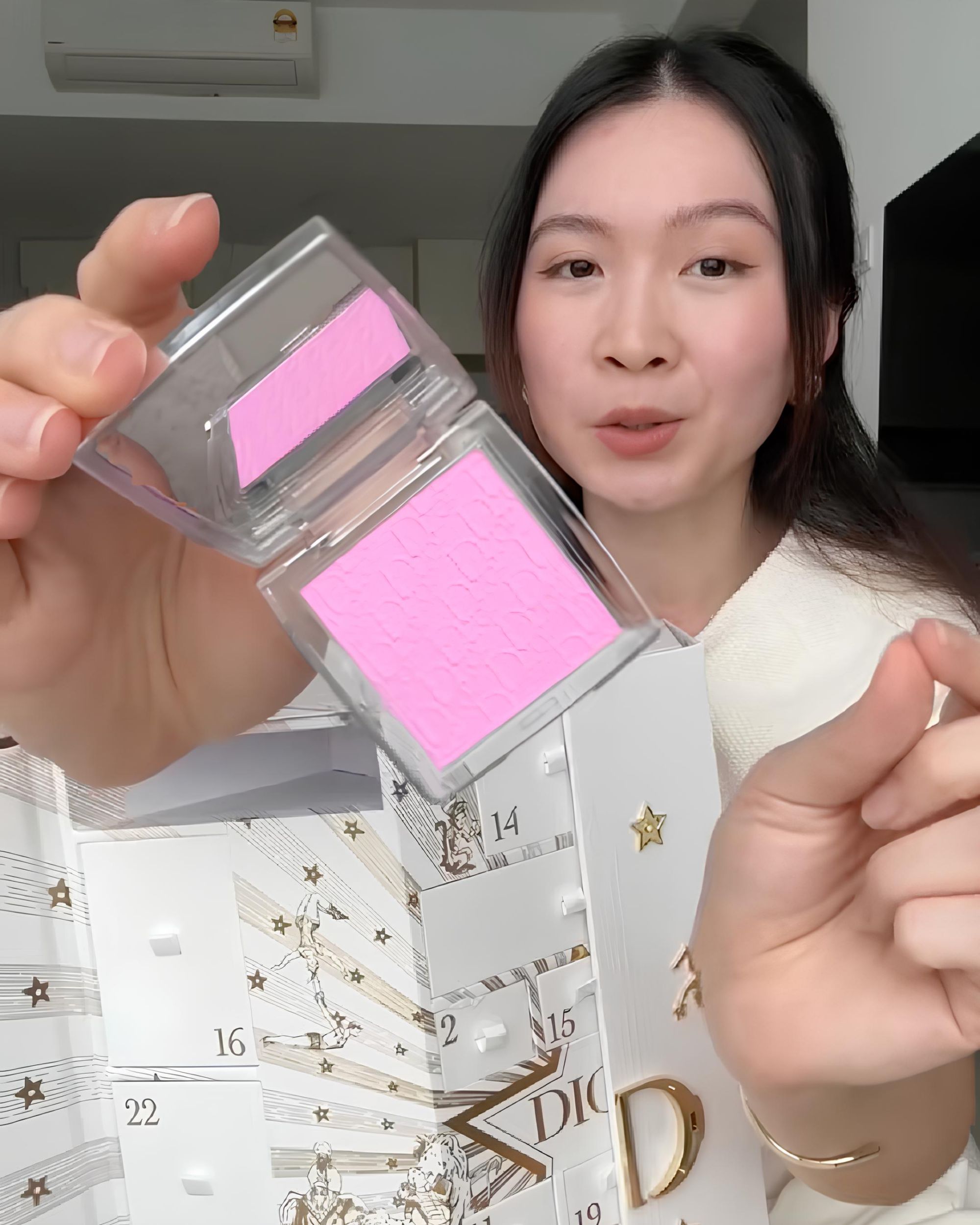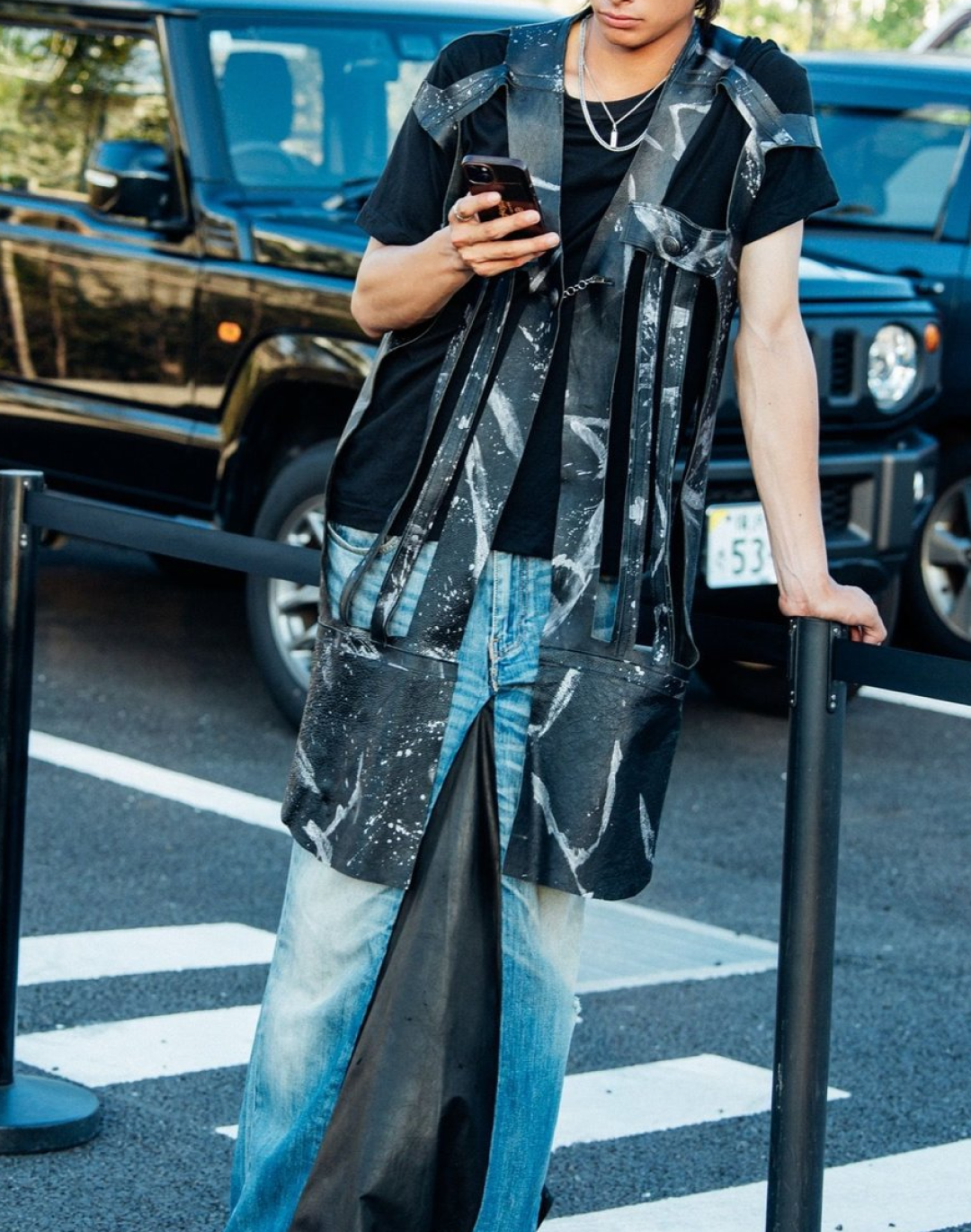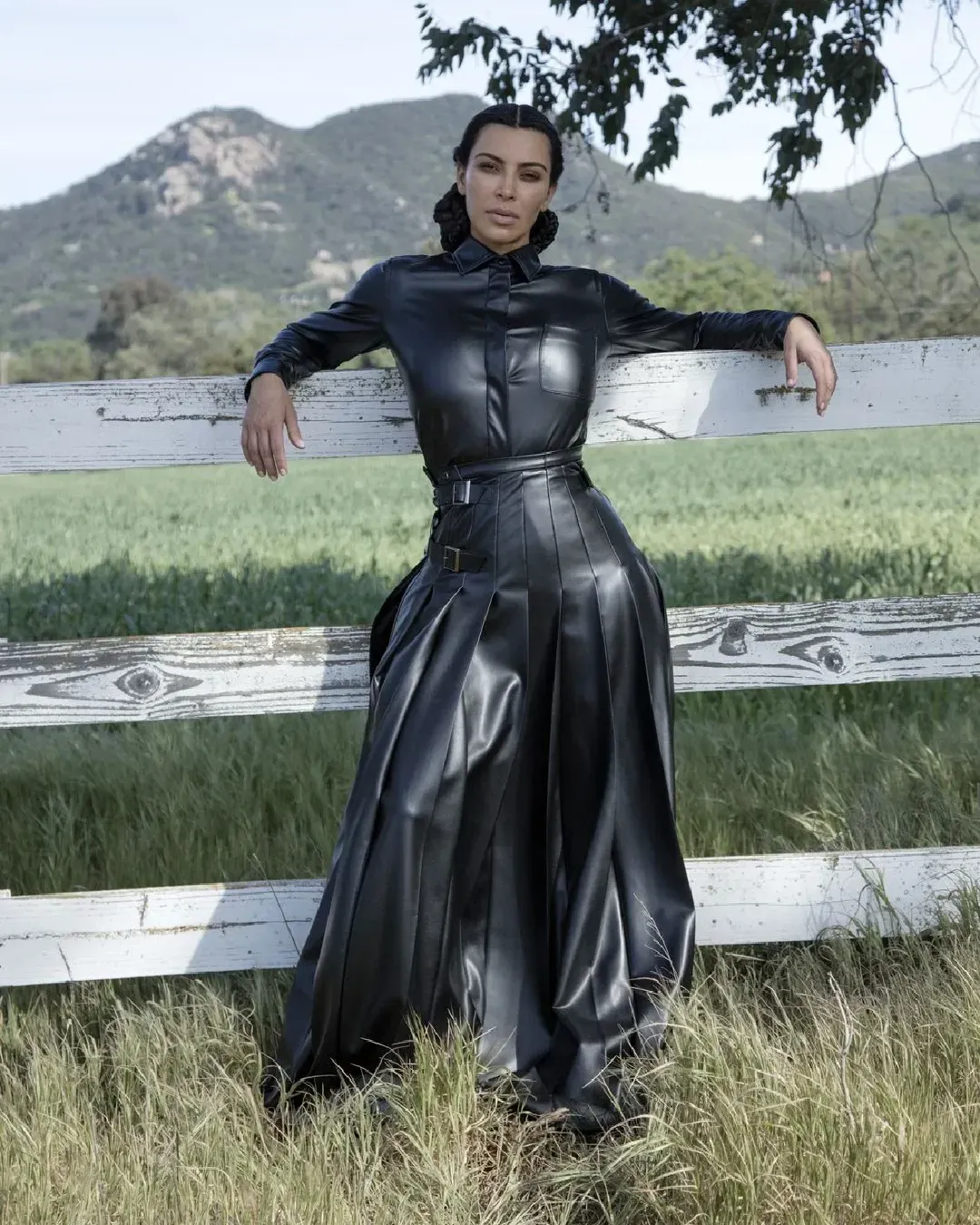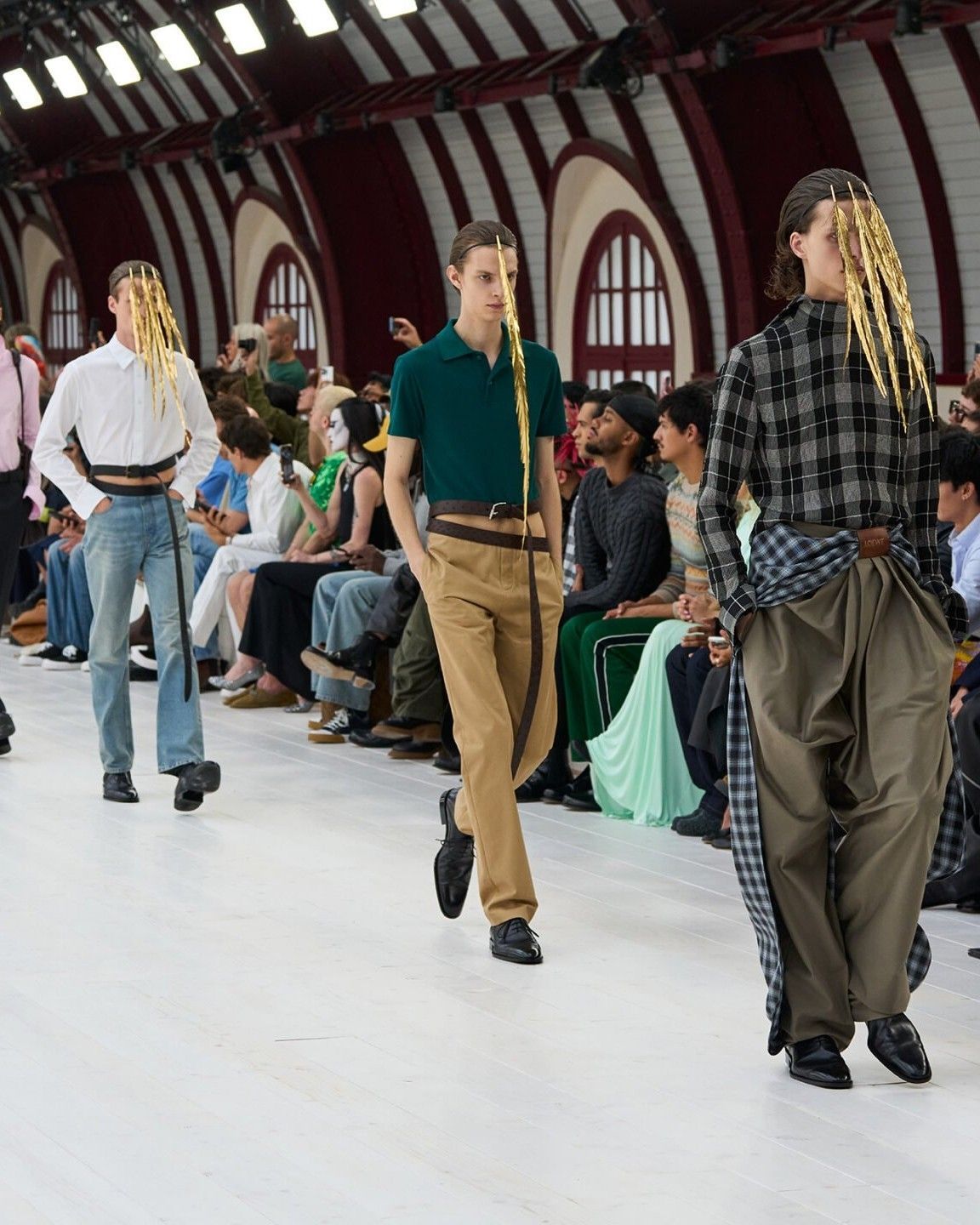
Traditional luxury's hours are numbered according to Lyst report Amid stagnant or downward trends, affordable brands climb the charts
Is the era of elitist luxury coming to an end? That's the question that comes to mind when looking at the new report from Lyst covering the last three months of 2024 – the frenetic holiday quarter that usually sees sales peak and tourism (along with shopping) explode. While luxury brands are experiencing a certain stagnation, with Miu Miu maintaining its dominant position and Saint Laurent rising to second place, it is accessible luxury that is making strides and starting to take over spaces previously occupied by high fashion. The superstar of the report is Coach, which saw brand searches rise by 332% in a single year – thanks to both its activations and strategies targeting Gen Z and its accessibility in a market where luxury is becoming increasingly unattainable. Among other things, the brand's classic shoulder bag and its charm for customization are among the hottest products of the season. But Coach isn’t the only one climbing the ranks quickly: the high street brand COS has forcefully entered the ranking, immediately reaching the 17th position, driven by the virality of a women's cashmere sweater that is the dupe of a sweater from The Row, also in cashmere, which costs six times as much. UGG is also a new entry in the ranking, soaring on the renewed popularity of its classic boot (which this year has also spread widely among male audiences) and on the well-timed collaborations secured throughout the year, which helped the brand's expansion strategy, landing it directly in the Top 10 most searched brands. Right behind it in the ranking is Skims, which has gained a position compared to the previous quarter and whose collaboration with The North Face has been insanely popular.
Compared to these newcomers, traditional luxury has lost the hearts of online users. While Saint Laurent has become more sought-after, perhaps thanks to the consolidation of the brand's communication strategy and the design focus on classic yet highly recognizable pieces, it is perhaps Moncler and Balenciaga that are the only two luxury brands to have gained positions in a ranking where big fashion names are in free fall. Miu Miu, Prada, and The Row remain stable, while Alaïa, Loewe, Valentino, Gucci, Jacquemus, Versace, and Ralph Lauren are declining. The most affected by the drop in searches are Valentino and Jacquemus – although both brands have gone through a transition phase this year, with changes in creative directors or top managers, expansion plans, and so on, and Jacquemus tends to perform better in the summer. It is indicative that the fastest-rising brands are already very popular among fashion fans and are all spokespeople for a kind of elevated normcore: Our Legacy, for which demand has risen by 22%; the relatively accessible DeMellier, up by 119%; and finally the more luxurious but undoubtedly cult Auralee, which, thanks to its collaboration with New Balance and a series of increasingly beloved collections, has risen by 114% in a single quarter.
@katiemcev0y shop the link in my bio or text my store: (973)-370-8807! this color is to die for! @Coach #coach #coachny #coachretailemployee #coachwayne #coachwillowbrookmall #coachbag #coachbags #coachtiktok #coachbrooklynshoulderbag #coachbrooklynbag #brooklynshoulderbag #brooklynshoulderbag28 #brooklynshoulderbag39 #brooklynshoulderbag23 original sound - katie
So, what to make of this ranking? The snapshot that Lyst has taken of public perceptions (remember, the report tracks searches, not sales) is quite harsh. And while the official page of the web portal simply states that «fashion enthusiasts are reevaluating the value of luxury brands and (re)discovering more accessible brands and trends», the prevailing feeling is that the mass of aspirational fashion customers, which we have previously defined as the “middle market,” has begun to lose confidence in a luxury that, in its pursuit of absolute exclusivity, has made itself unattainable. Another point to note is that all the brands that have risen in the rankings are brands with an almost exclusive focus on the product, which cultivate a certain style or aesthetic but do not rely on the legacy of a legendary history or a semi-aristocratic reputation. It is very telling that many of the accessible products and brands that have invaded the ranking are dupes: the &daughter crewneck cardigan was popularized by Prada, which costs 2.5 times more; the COS sweater is a democratic version of the more aristocratic The Row; while the Massimo Dutti loafers closely resemble those of Saint Laurent. In short, thanks to rising costs and an emphasis on classic, easily sellable models, luxury has shown that fashion can be democratic – too bad it’s the fashion of other brands.


